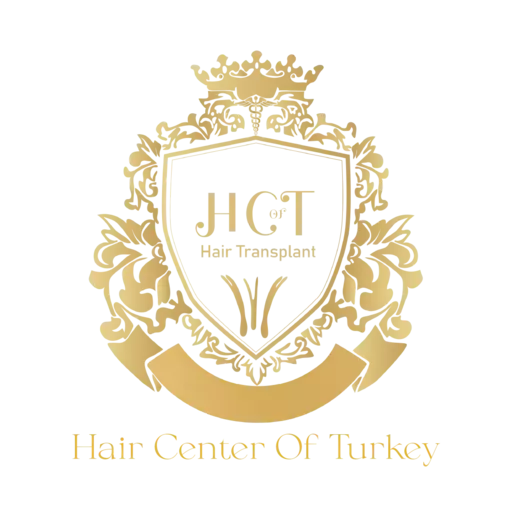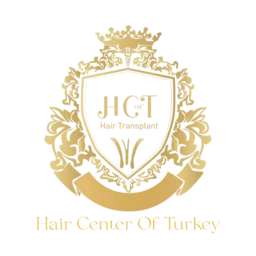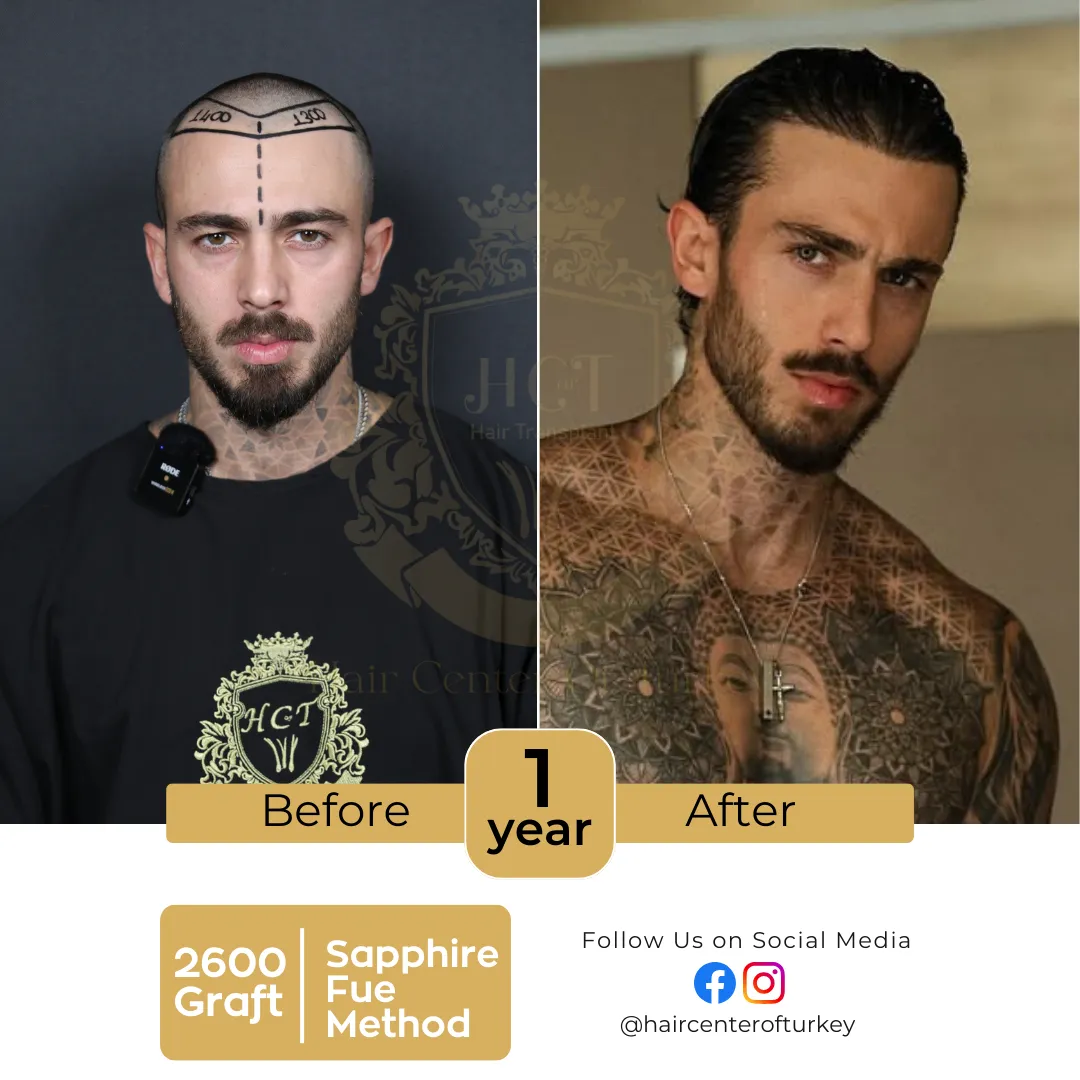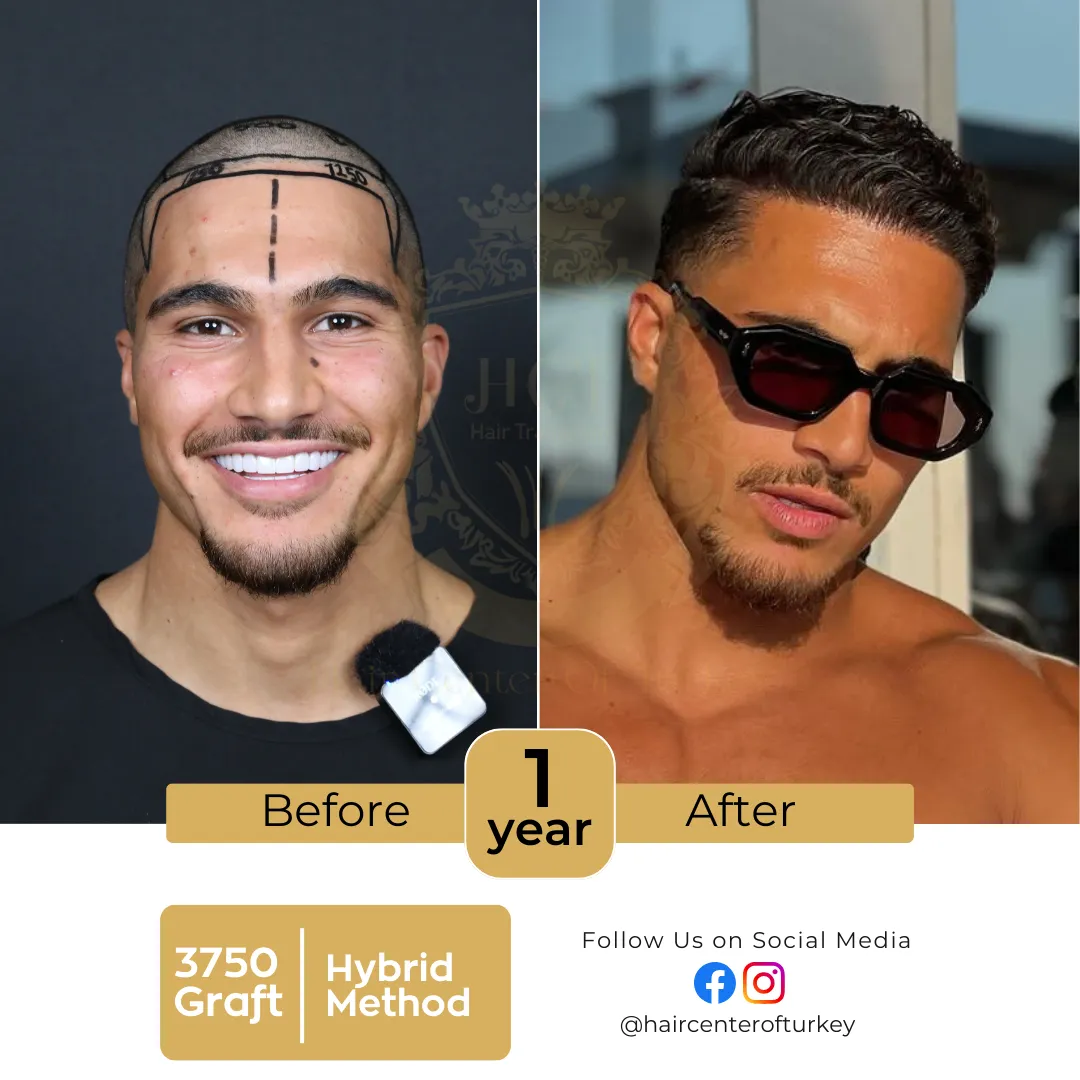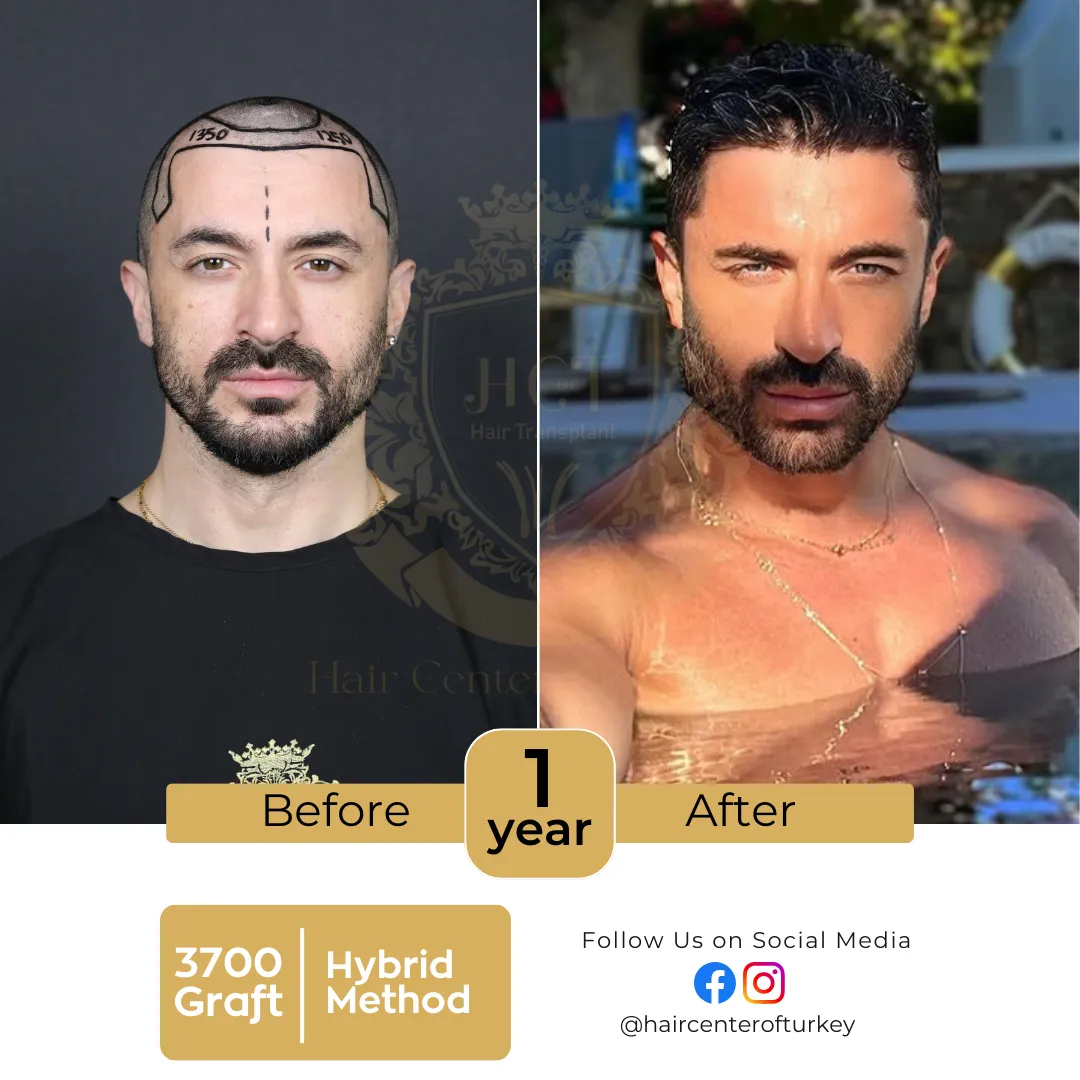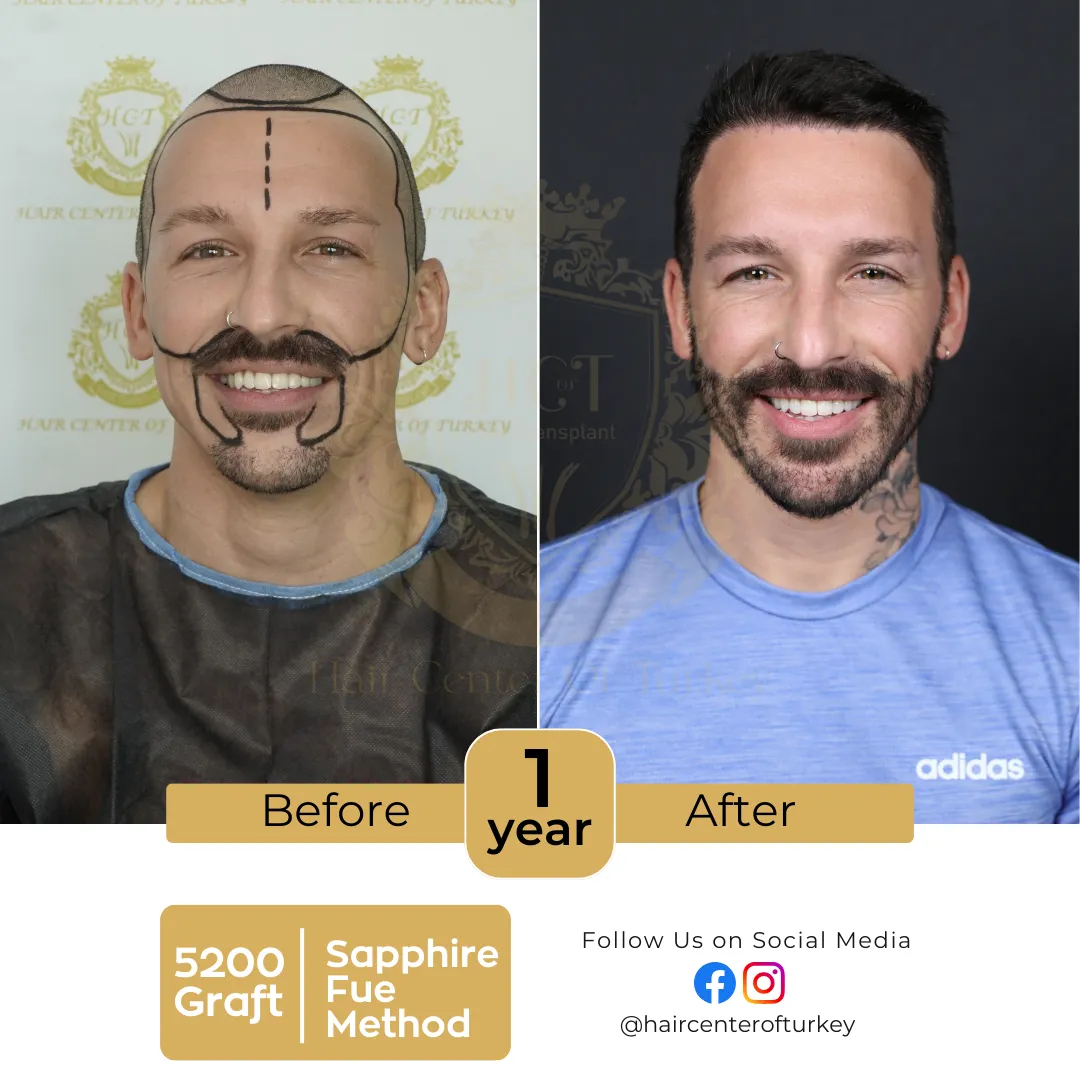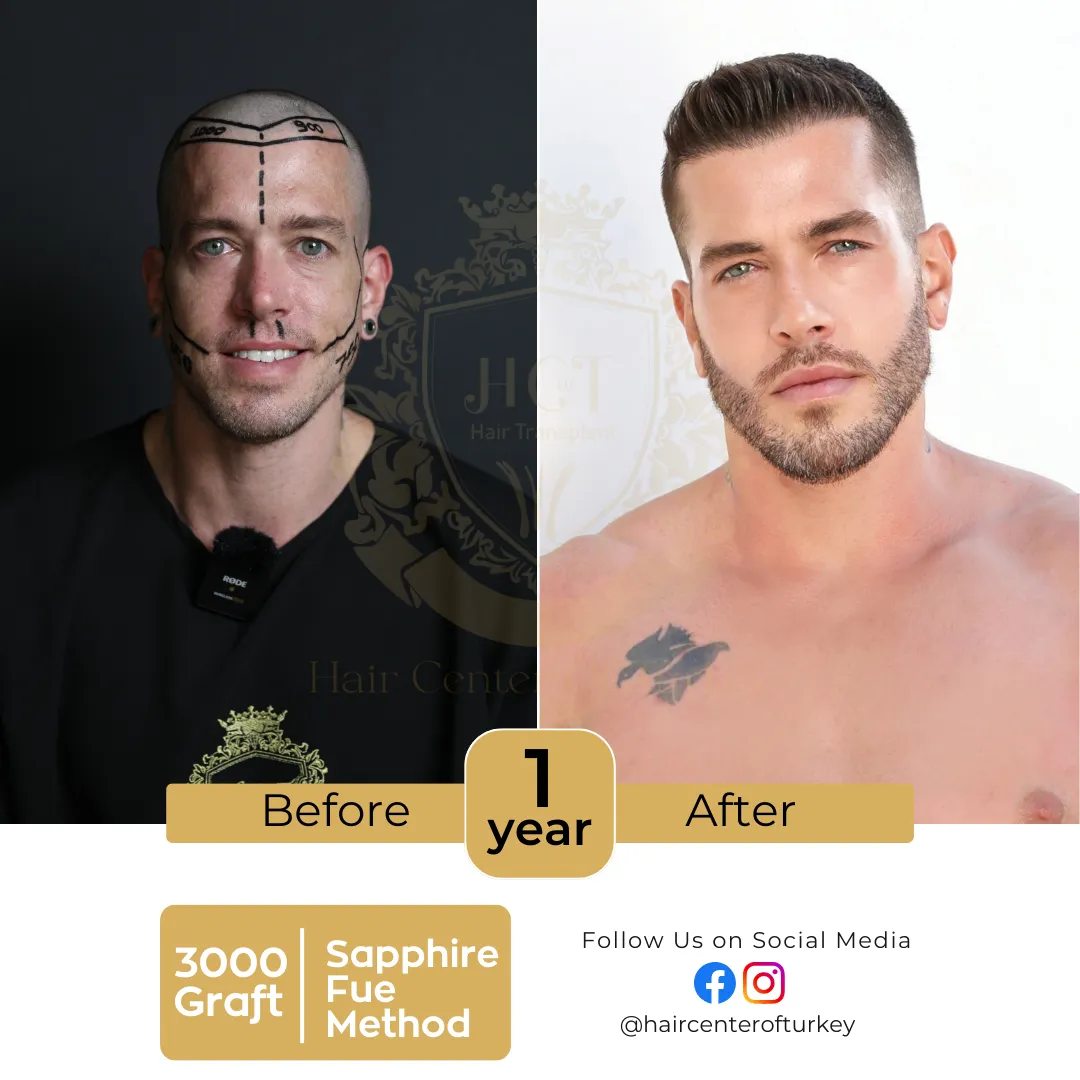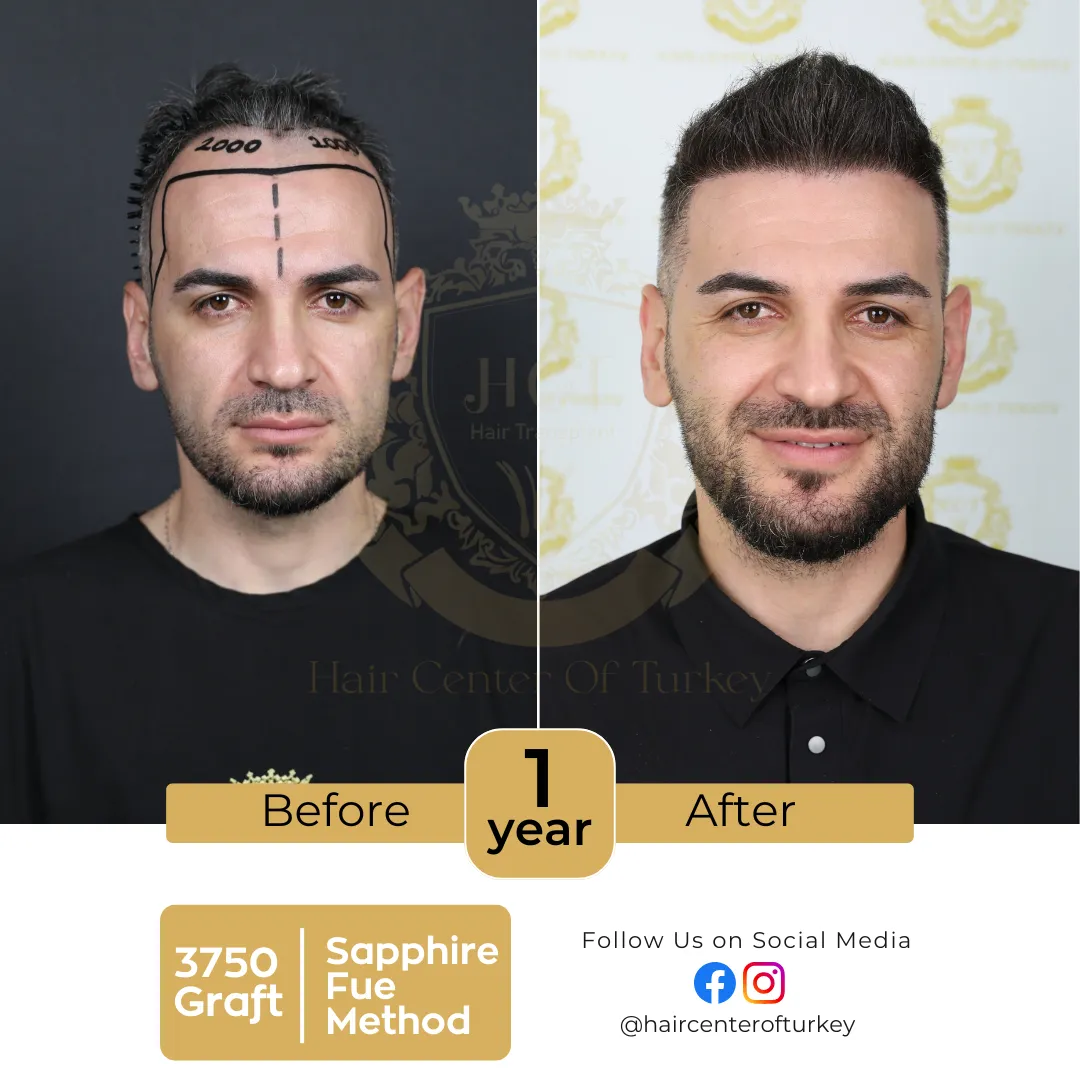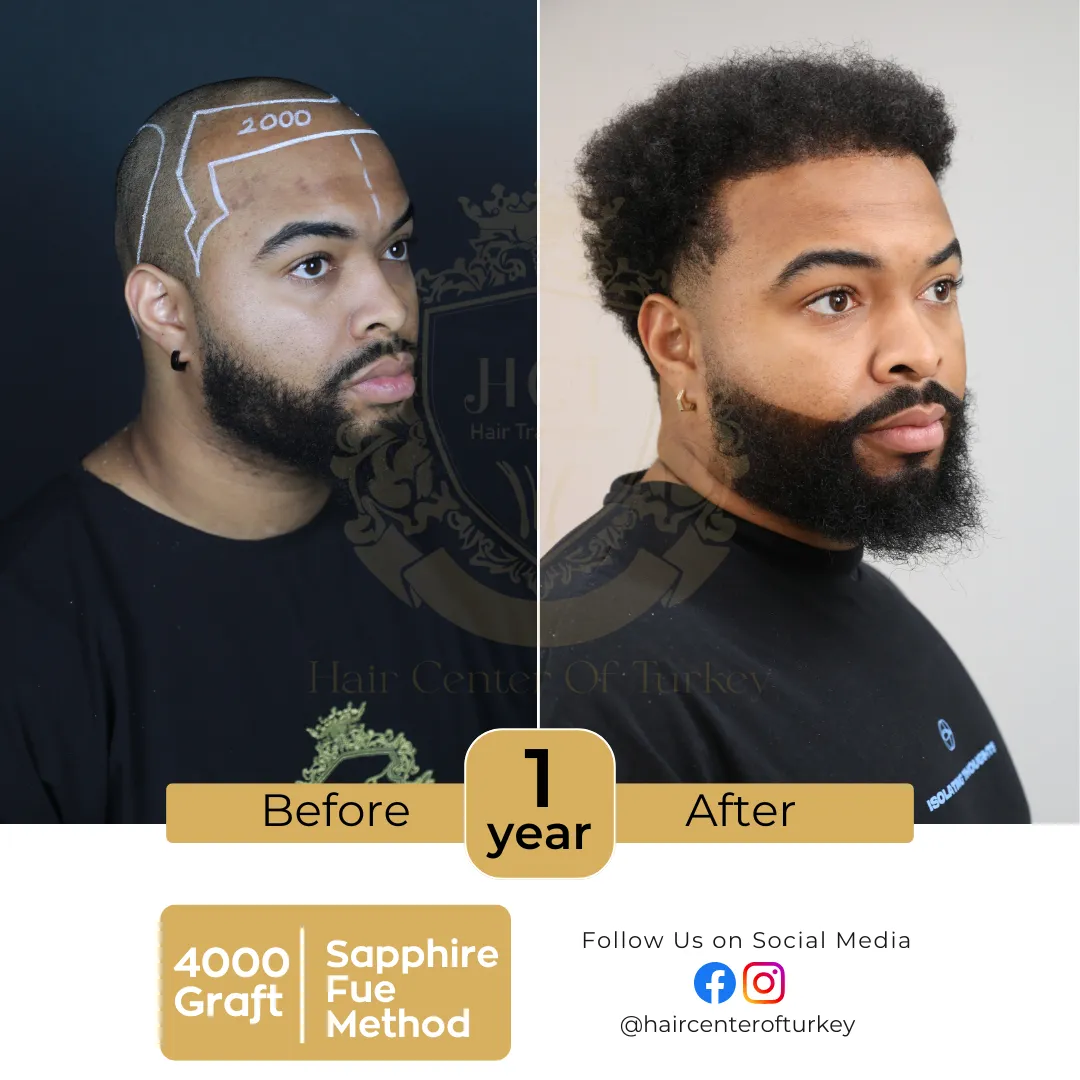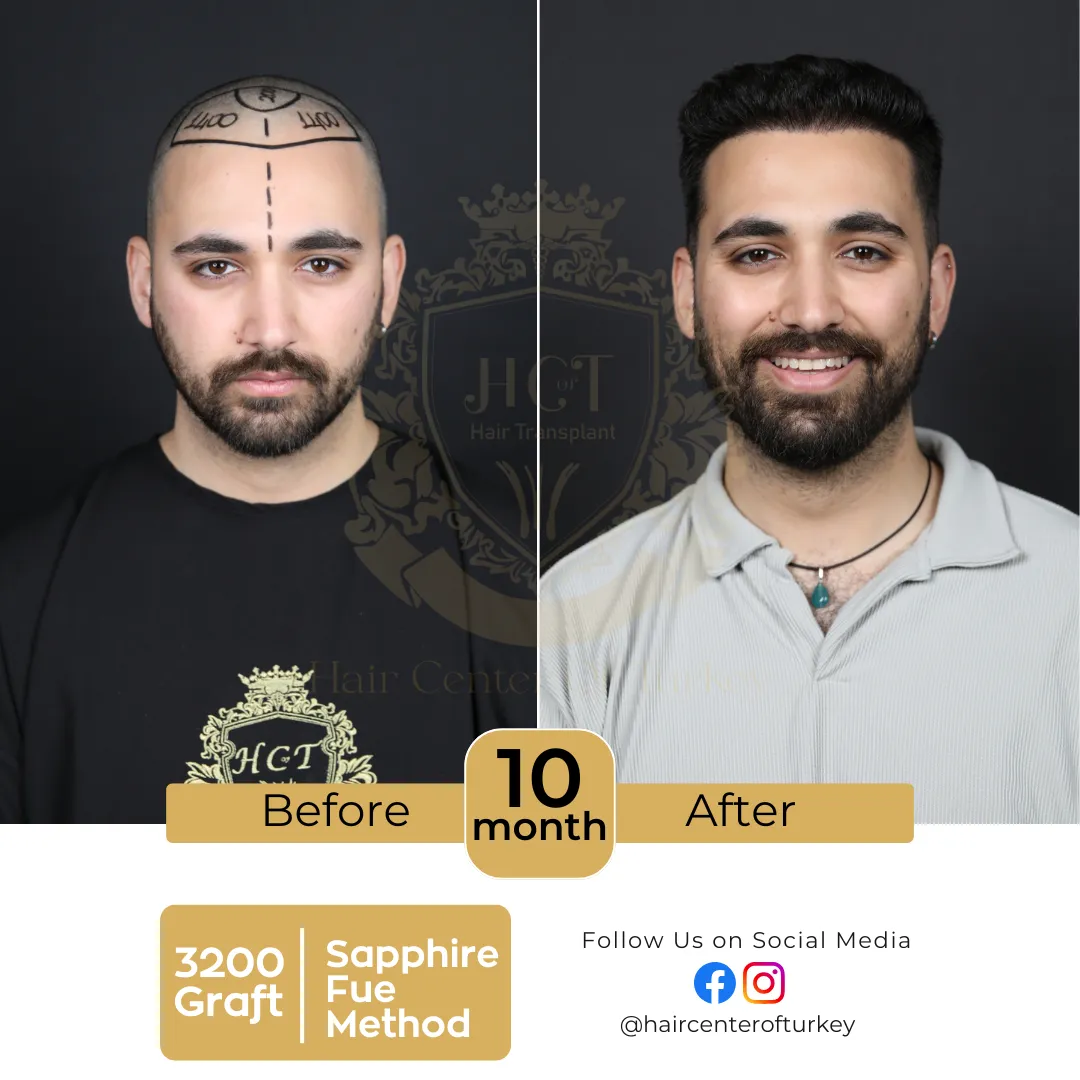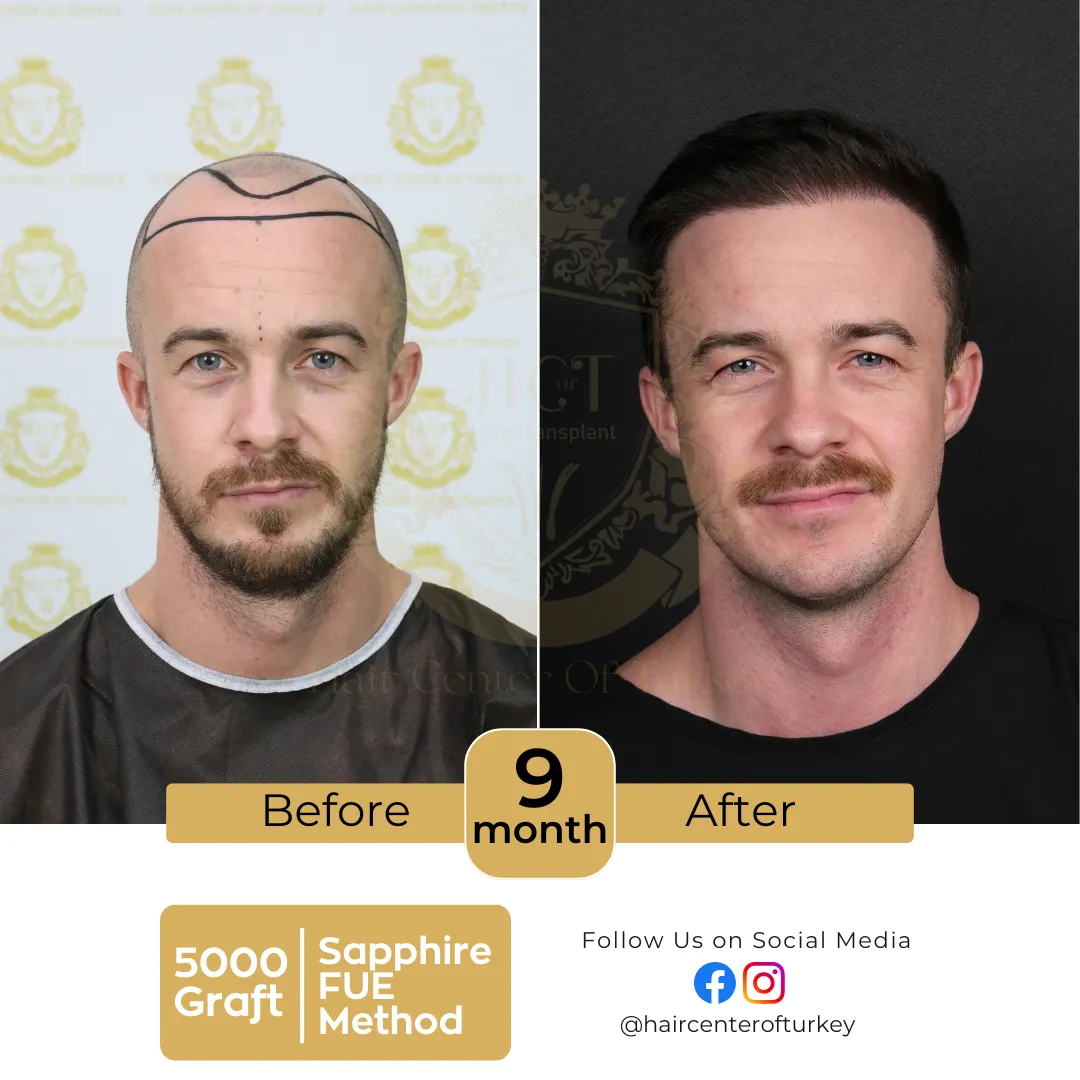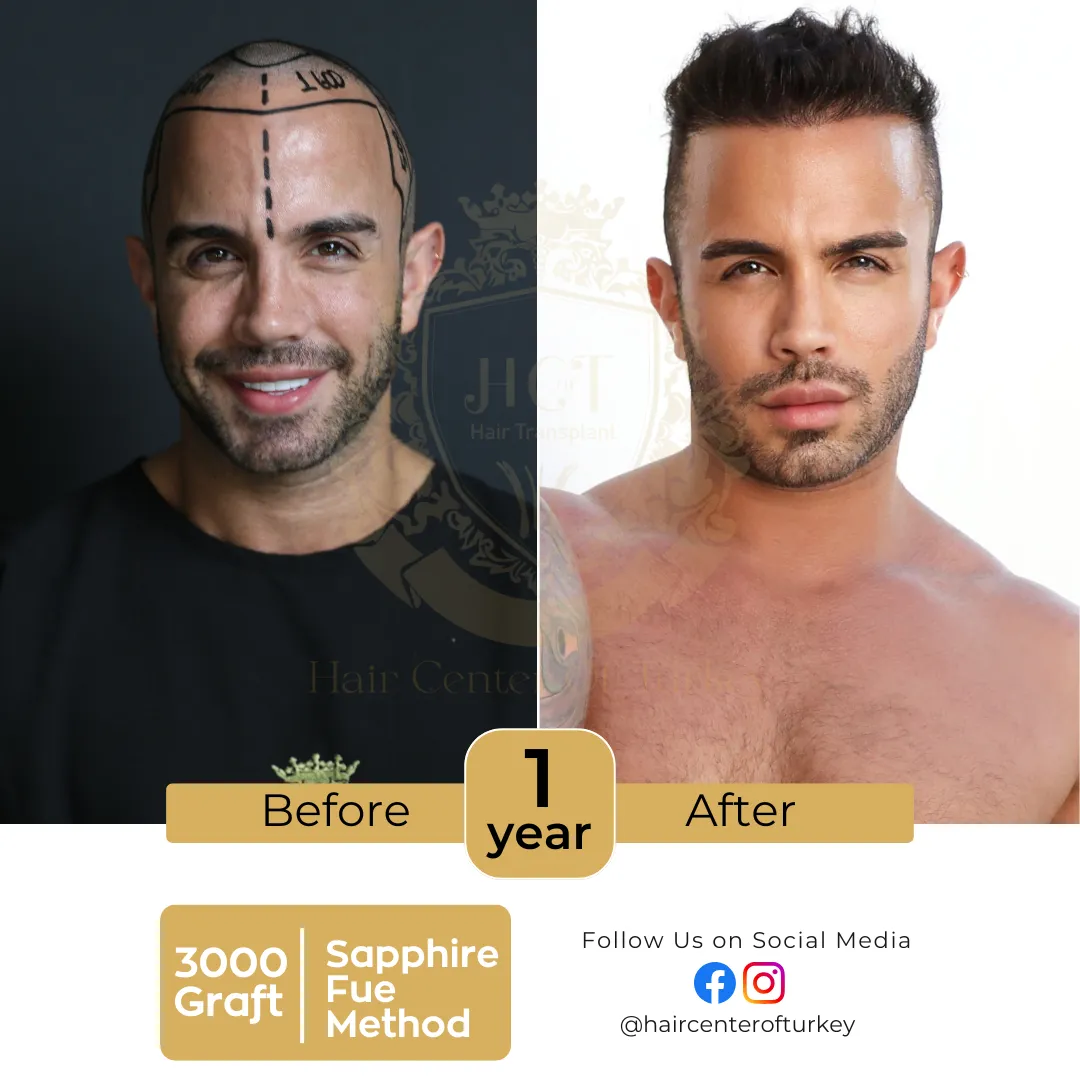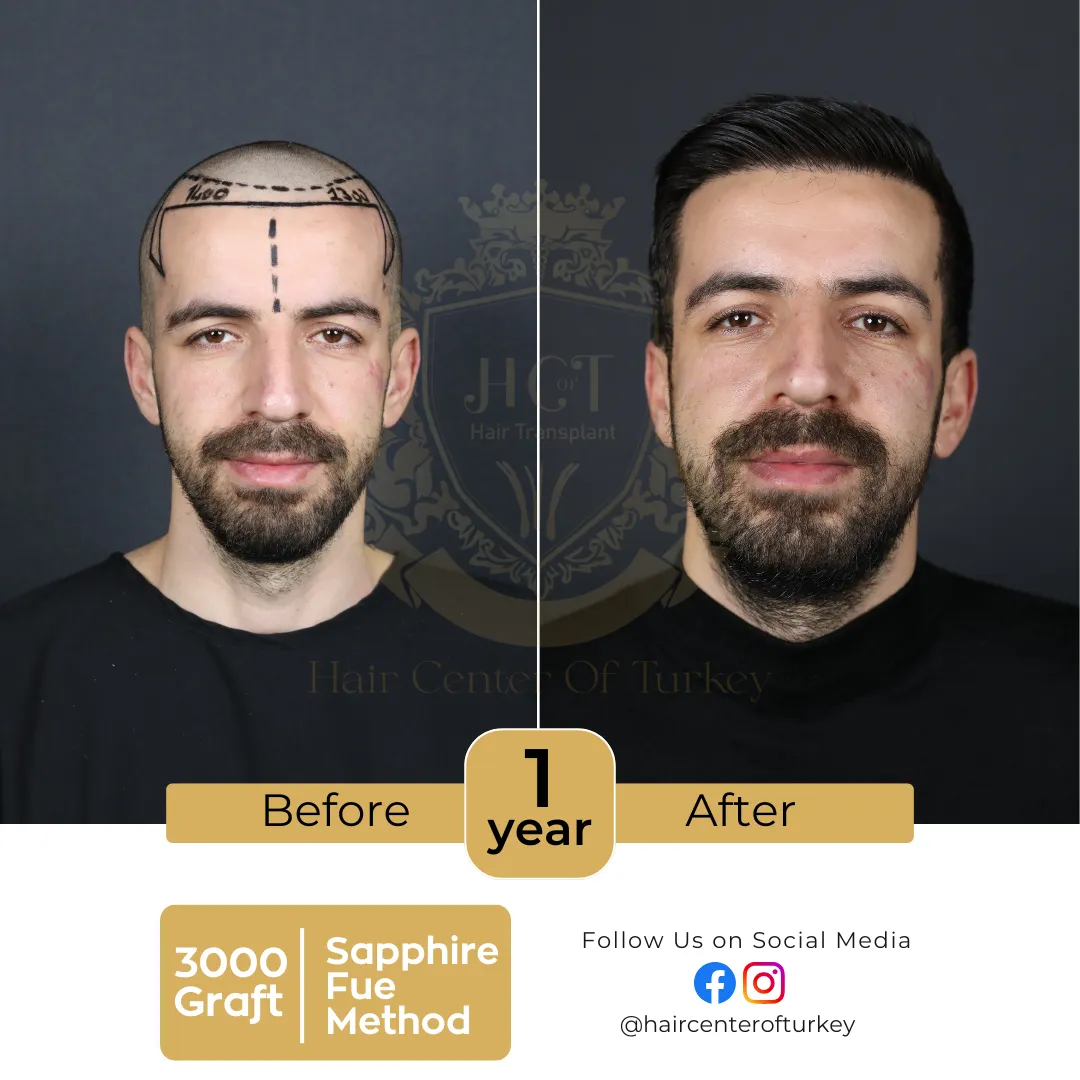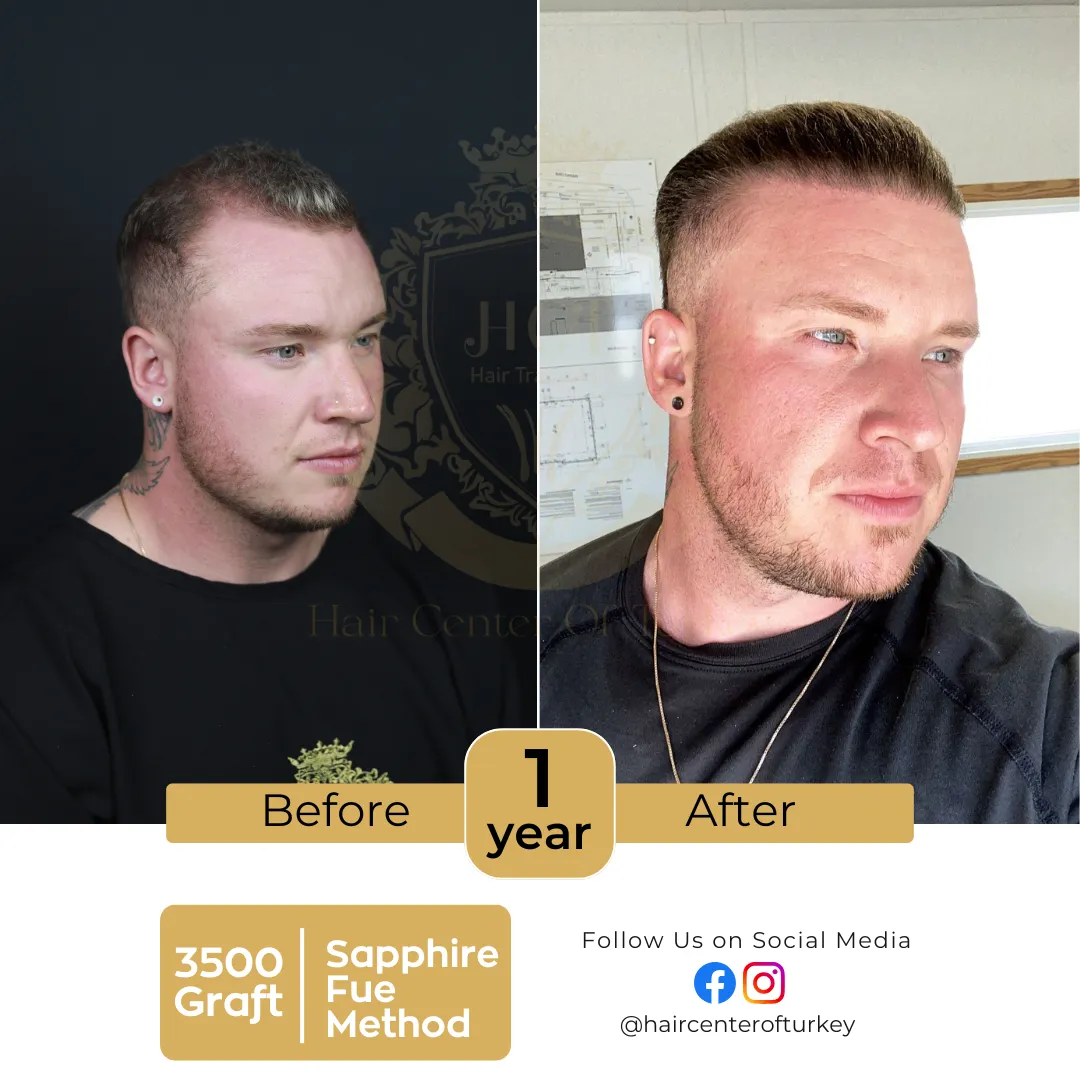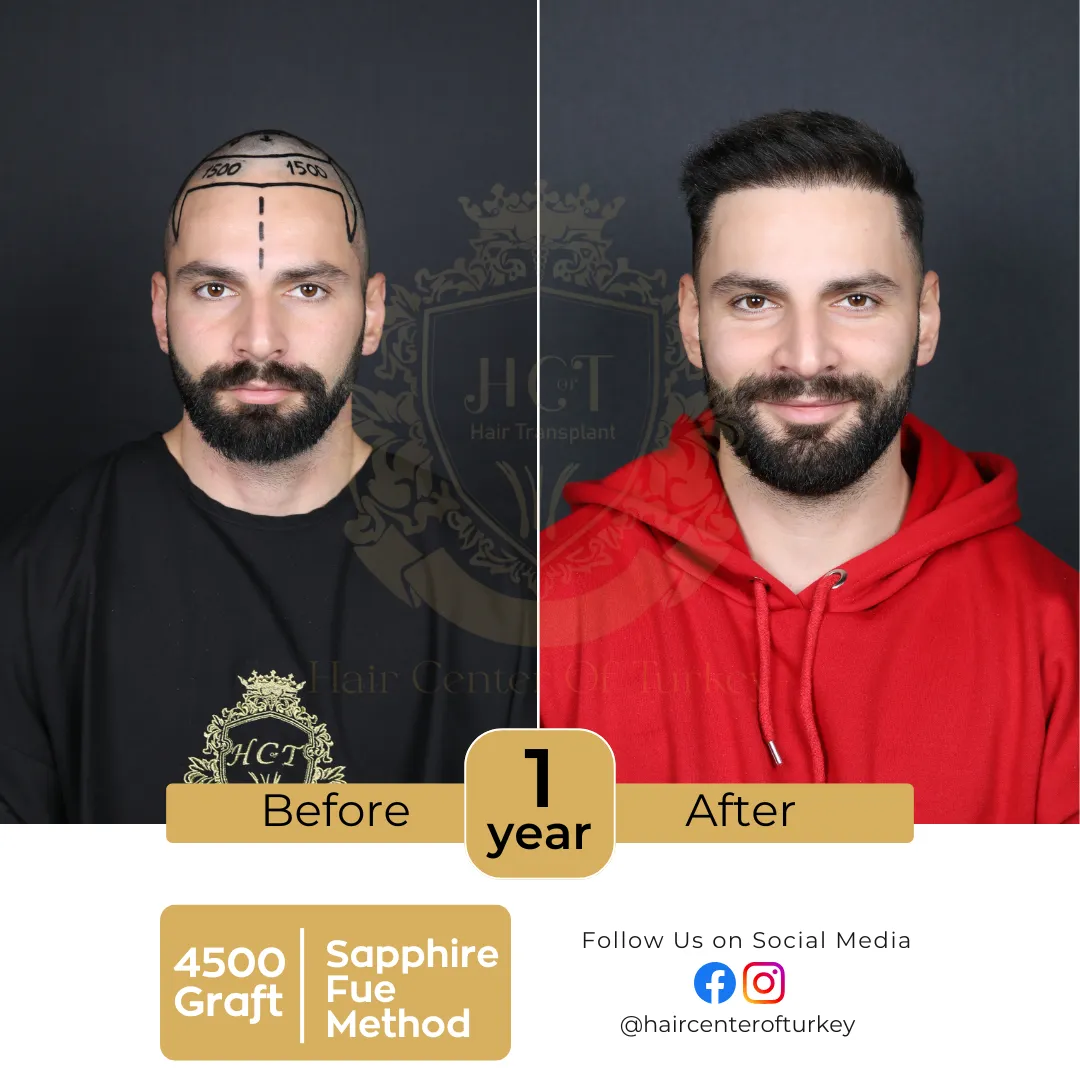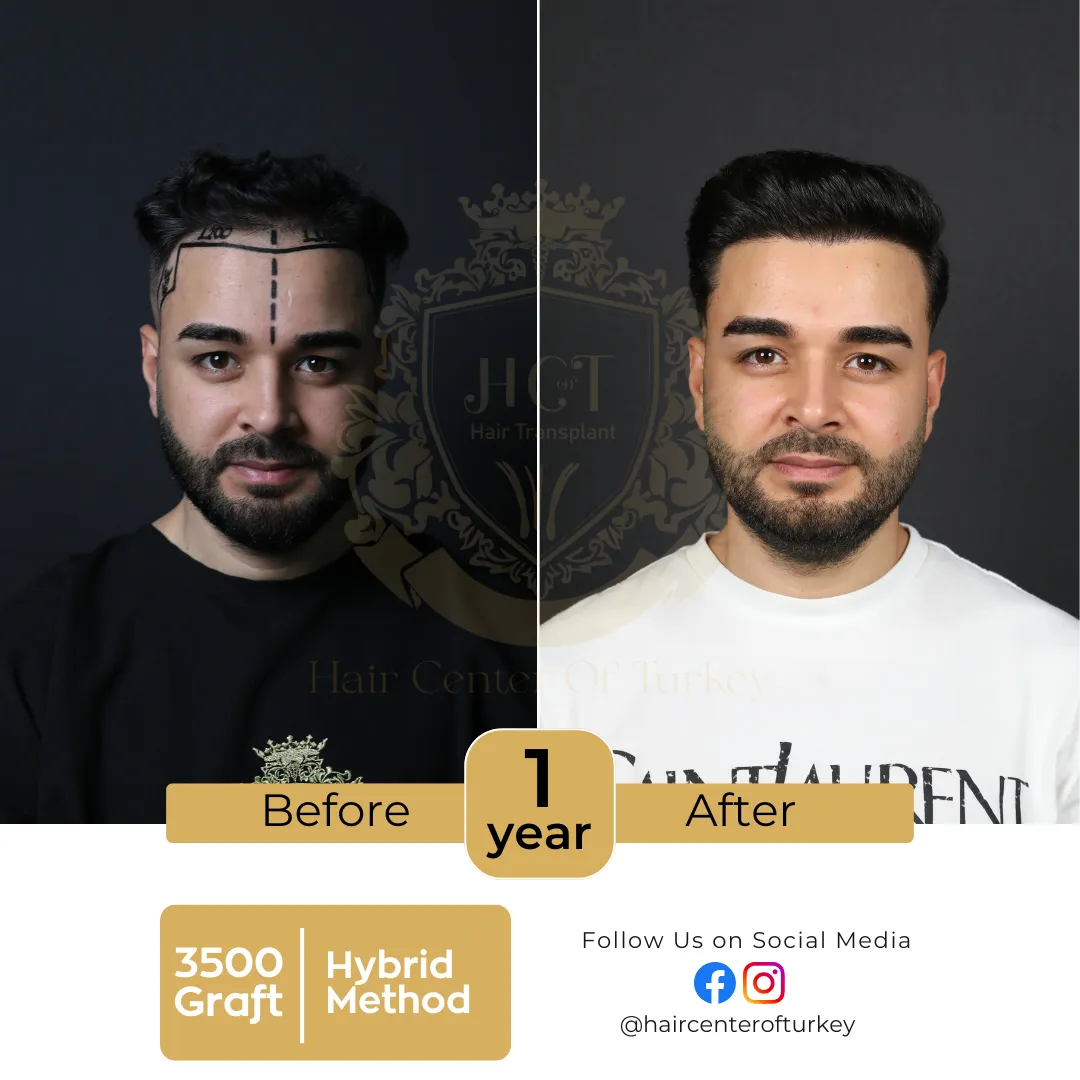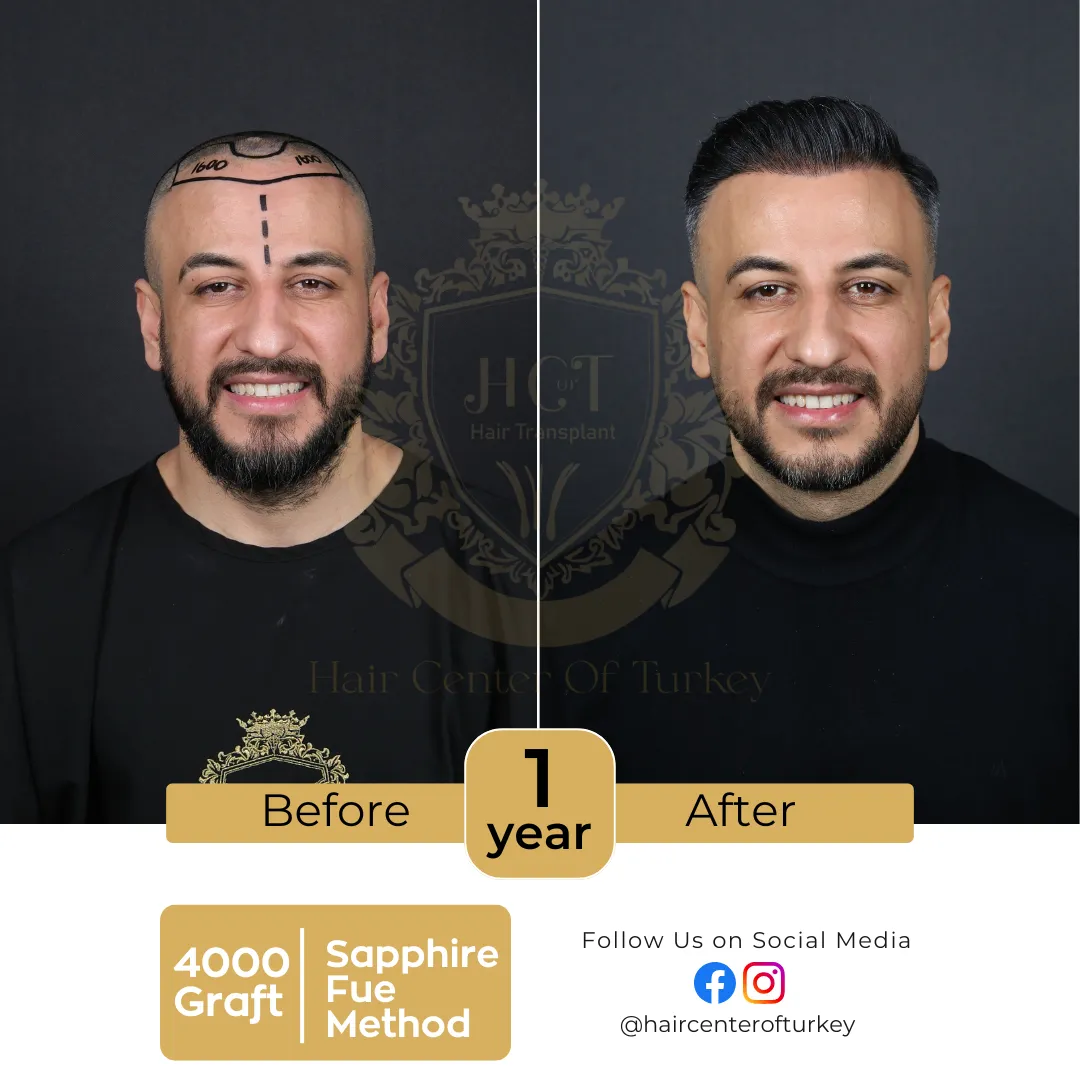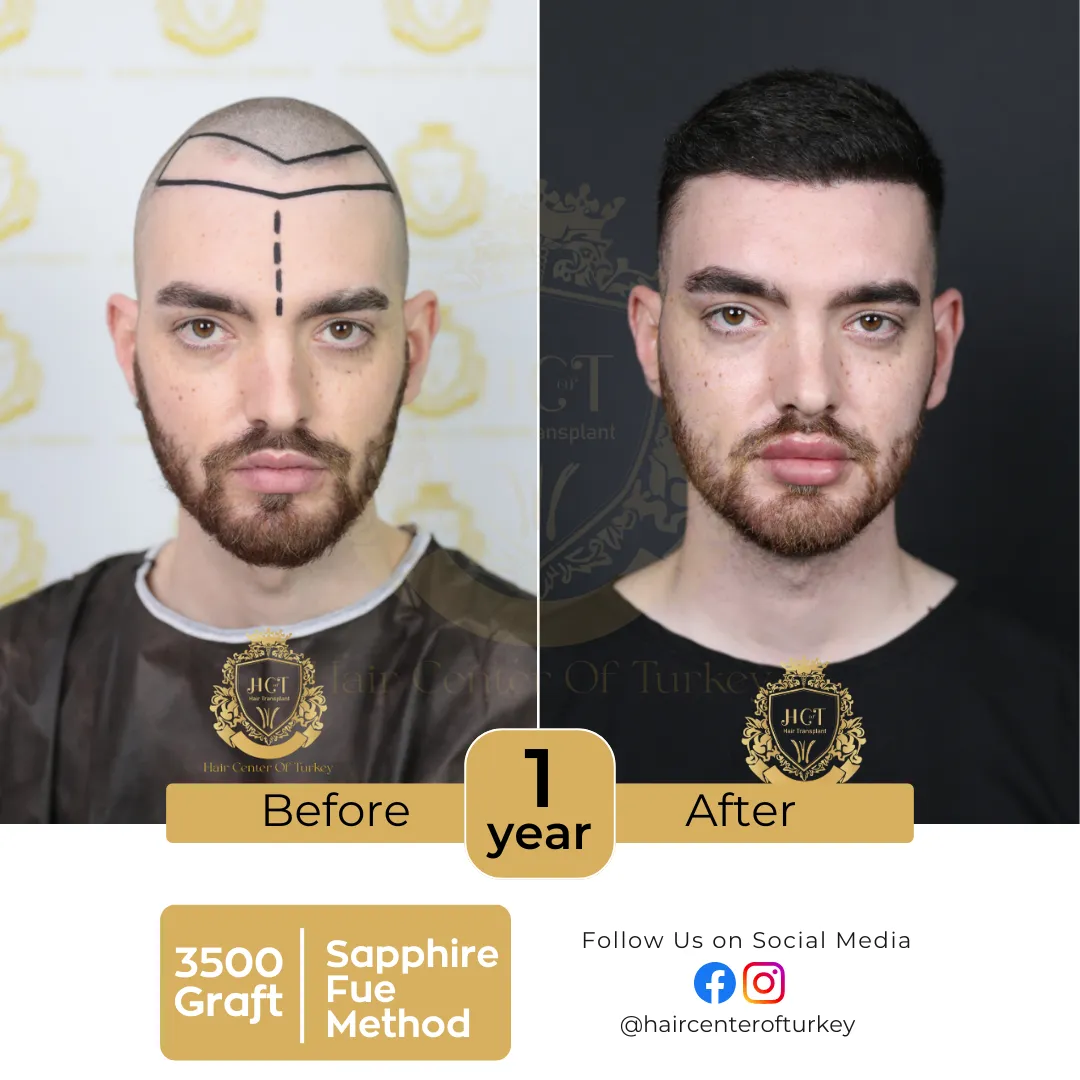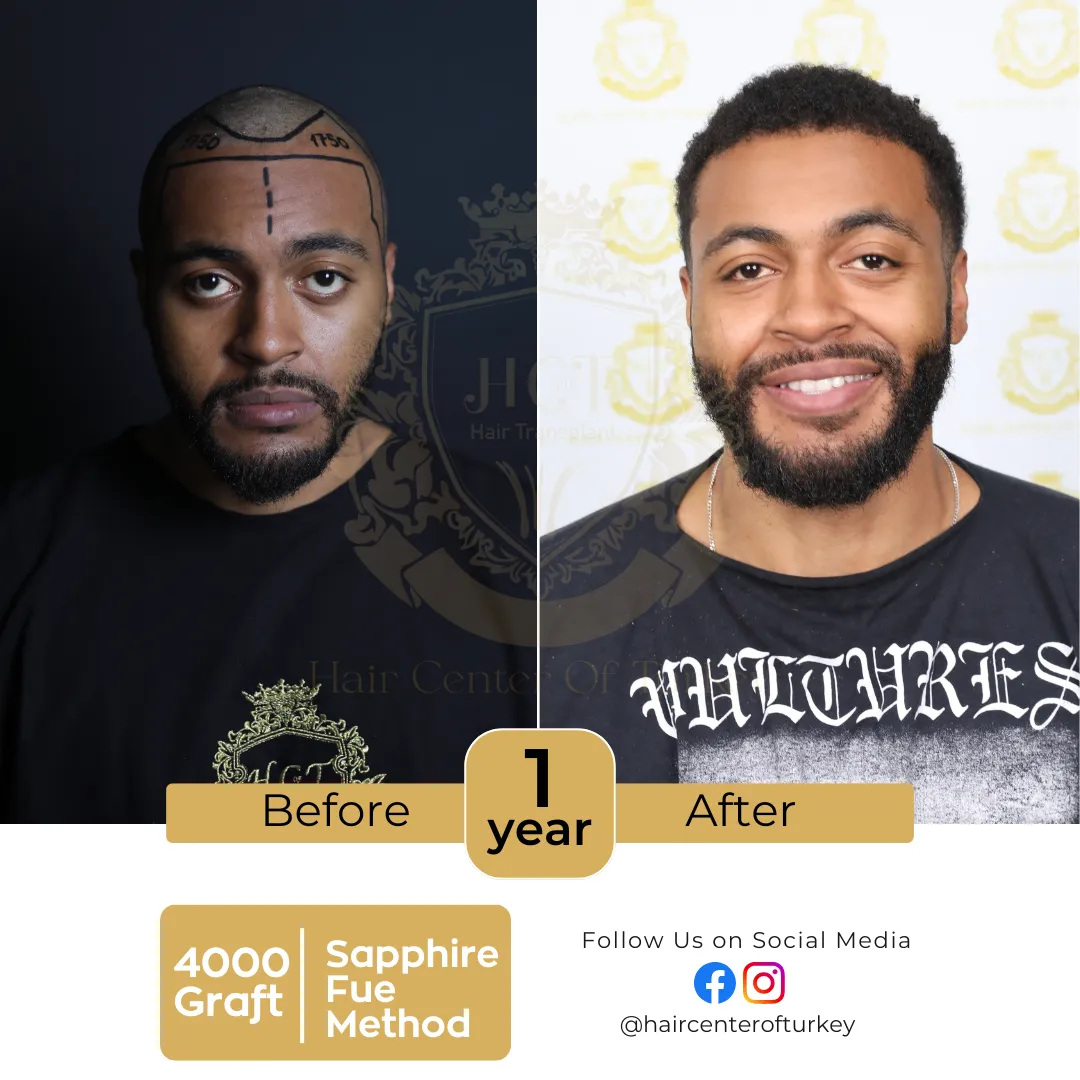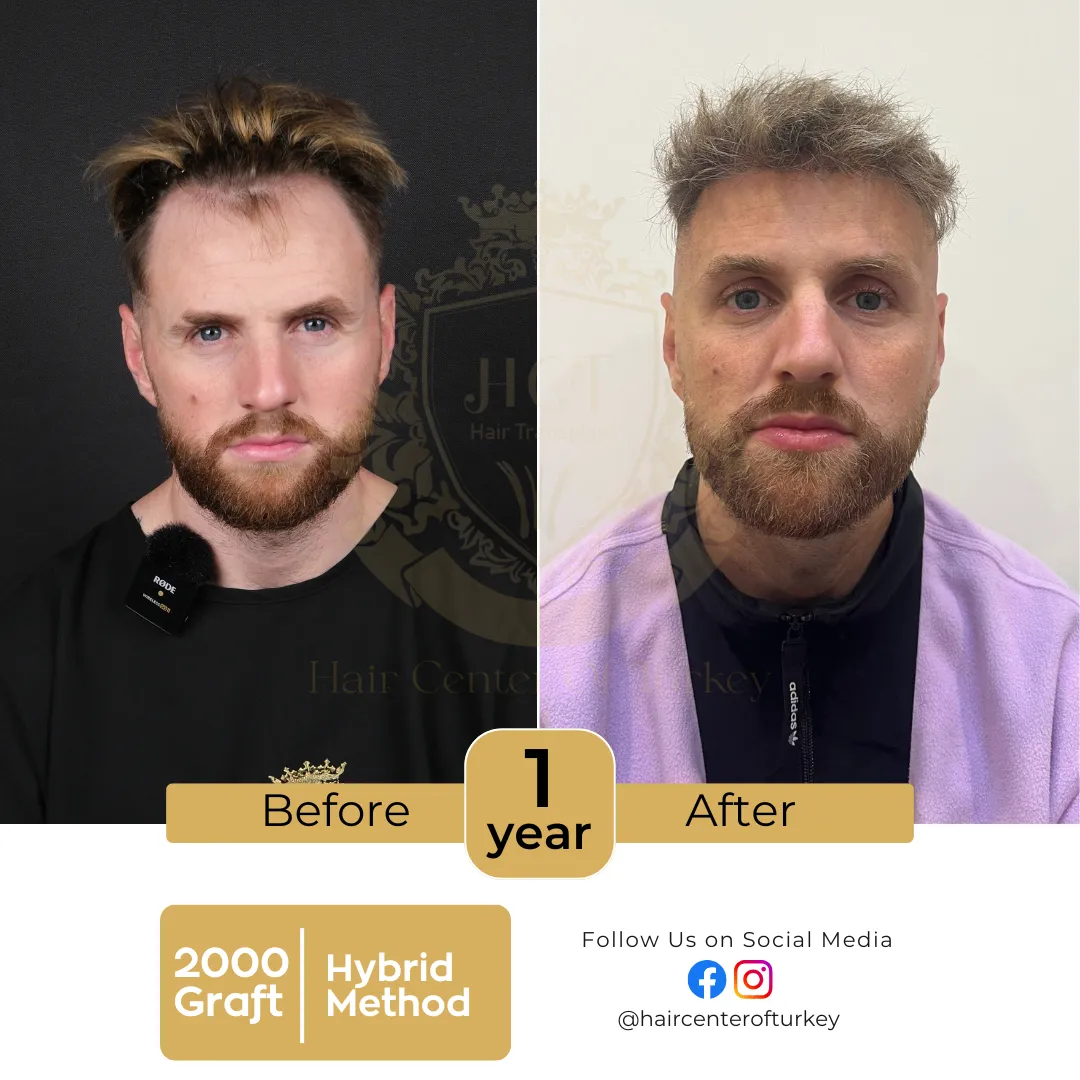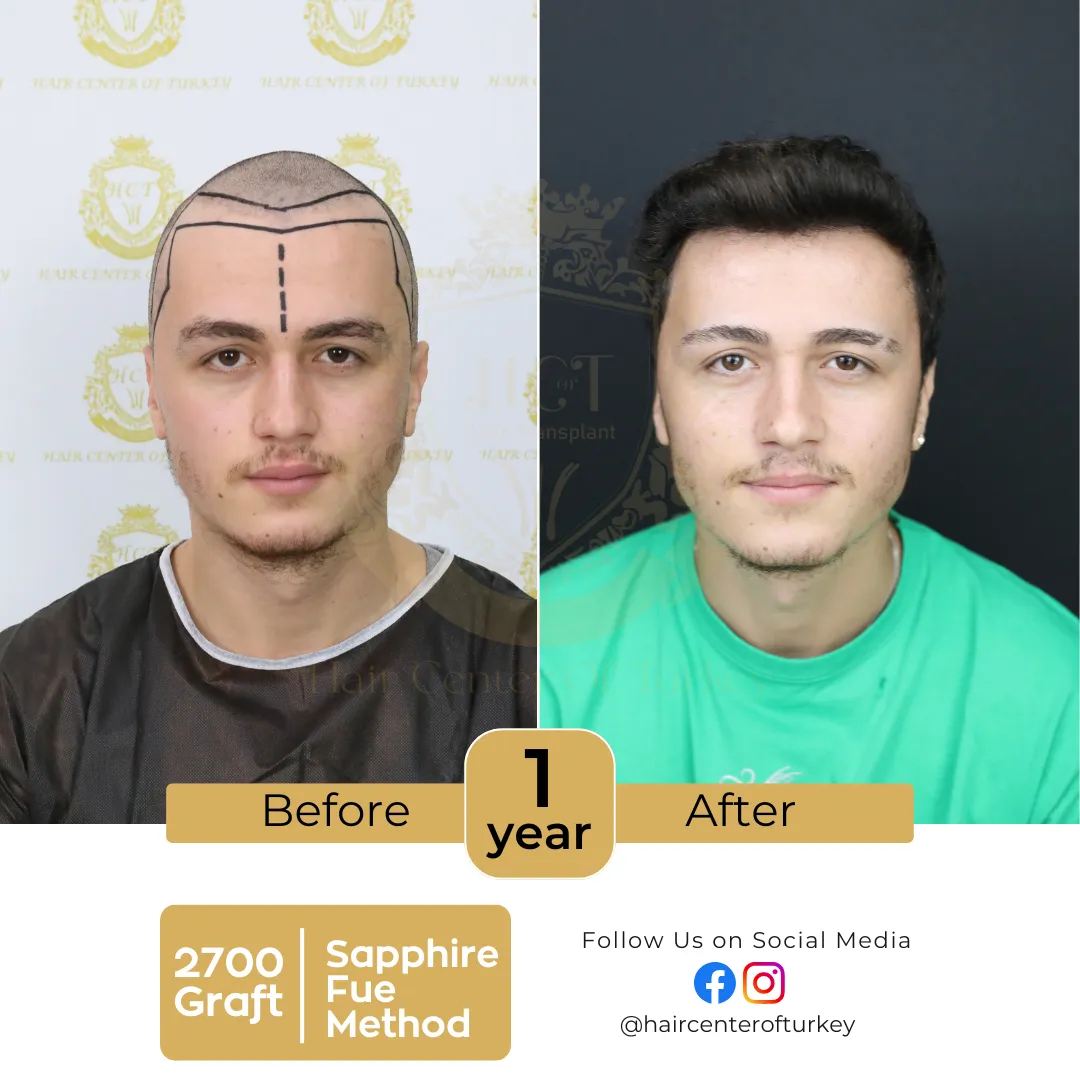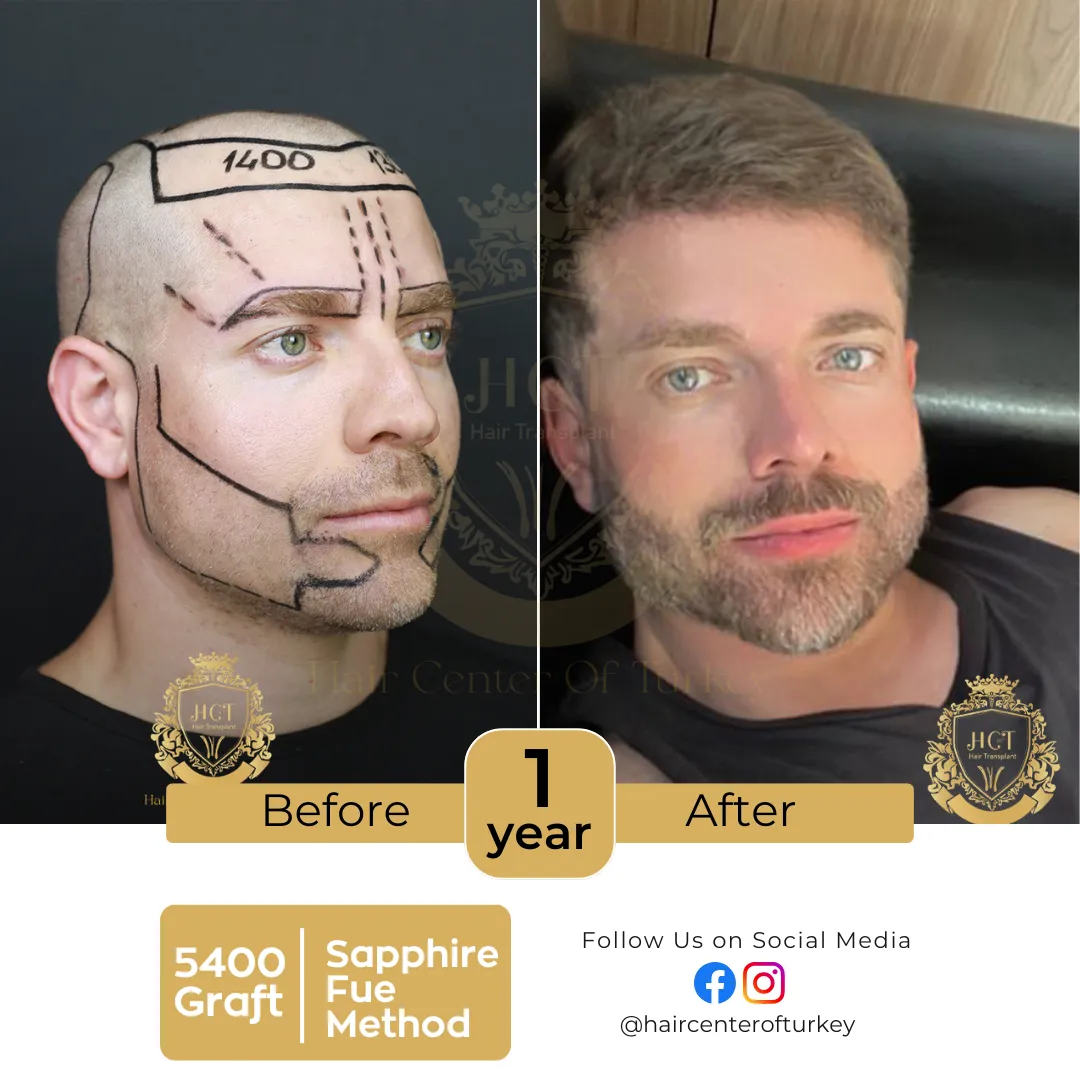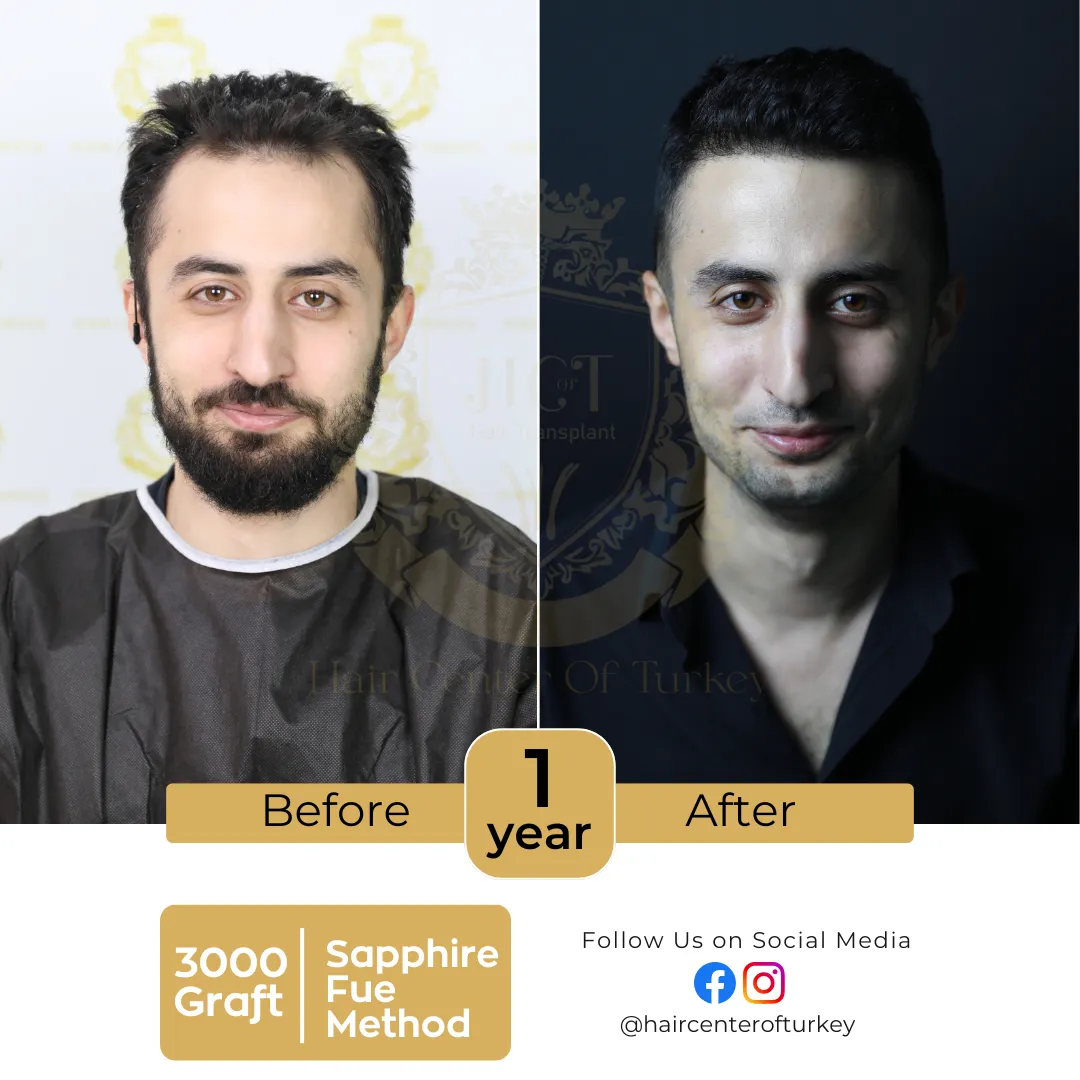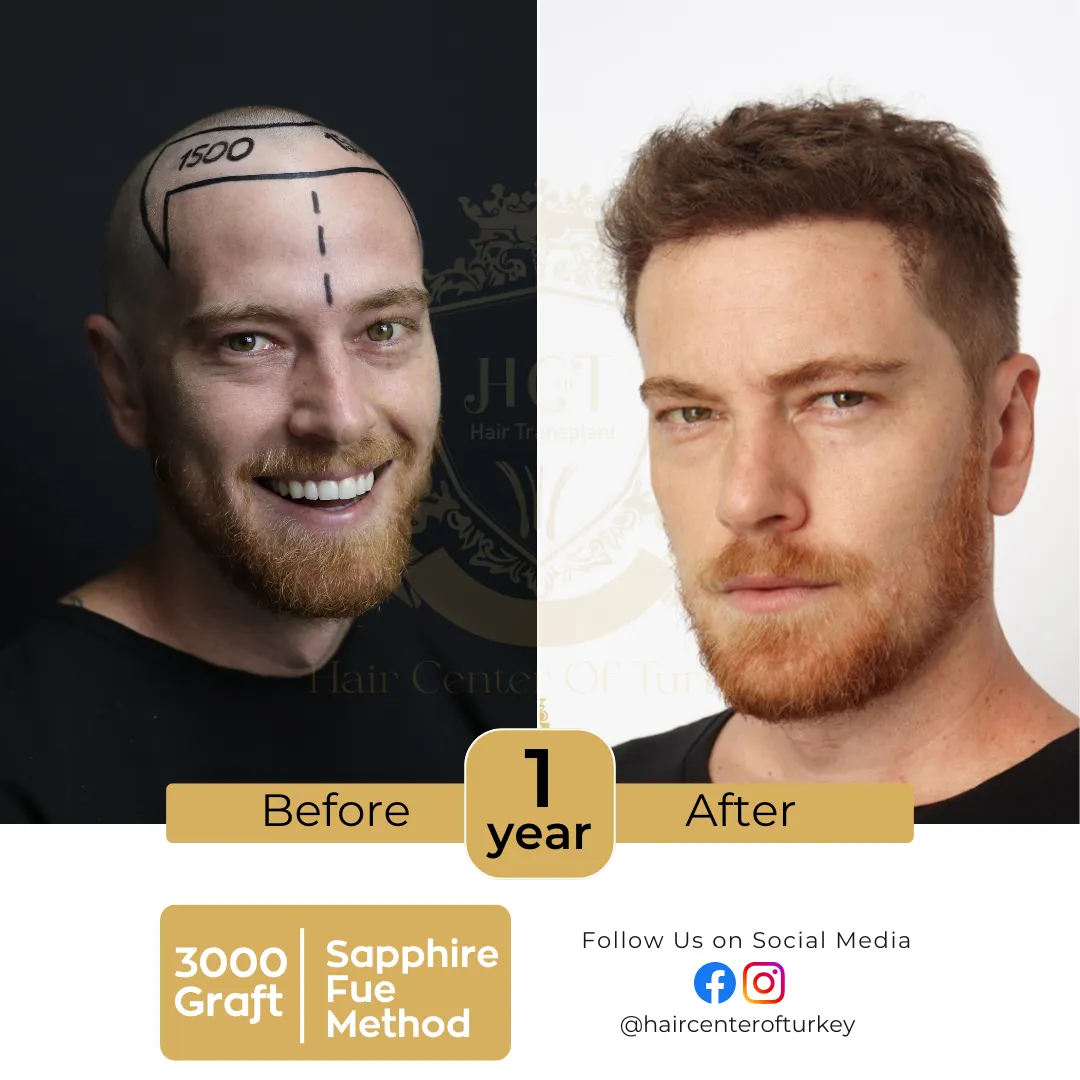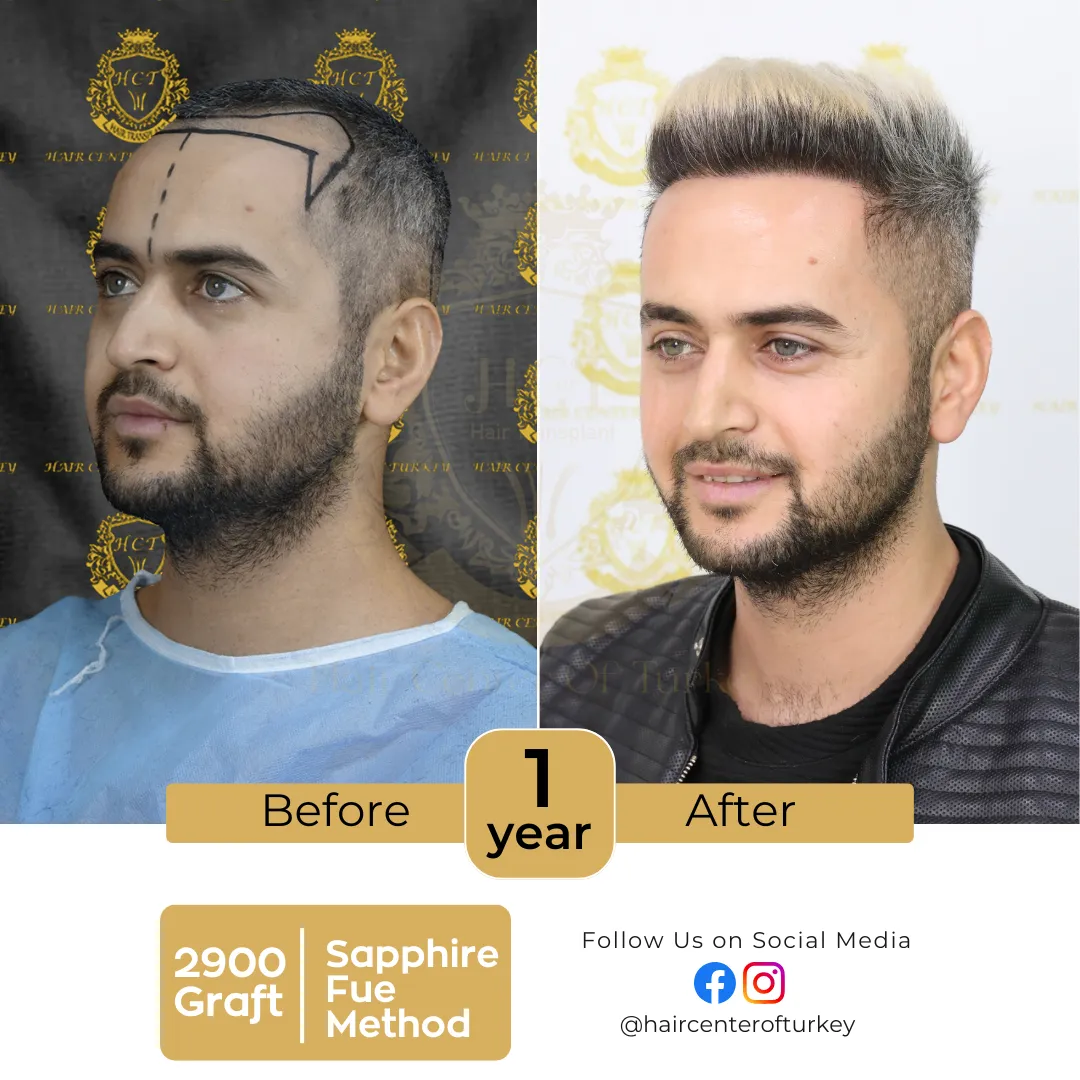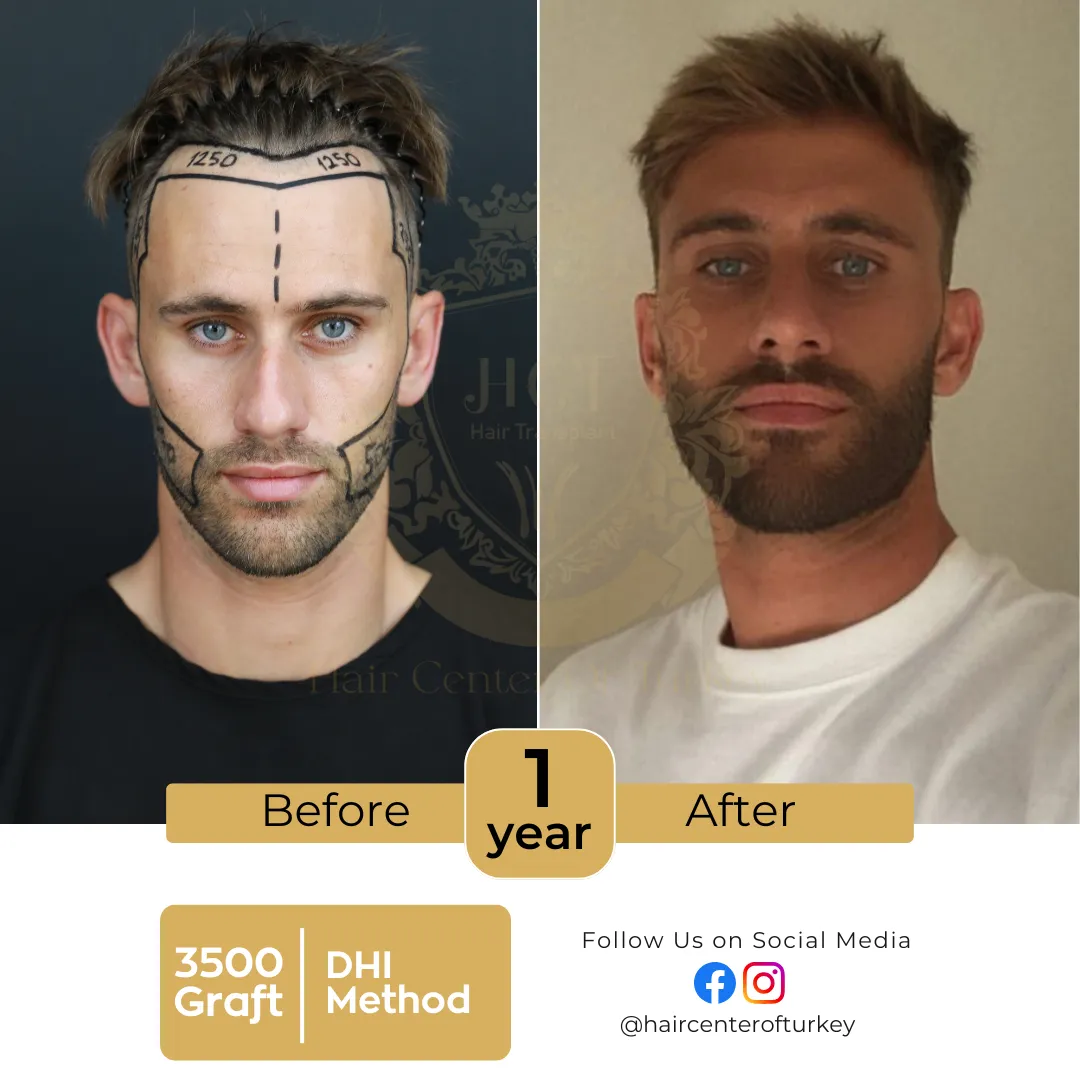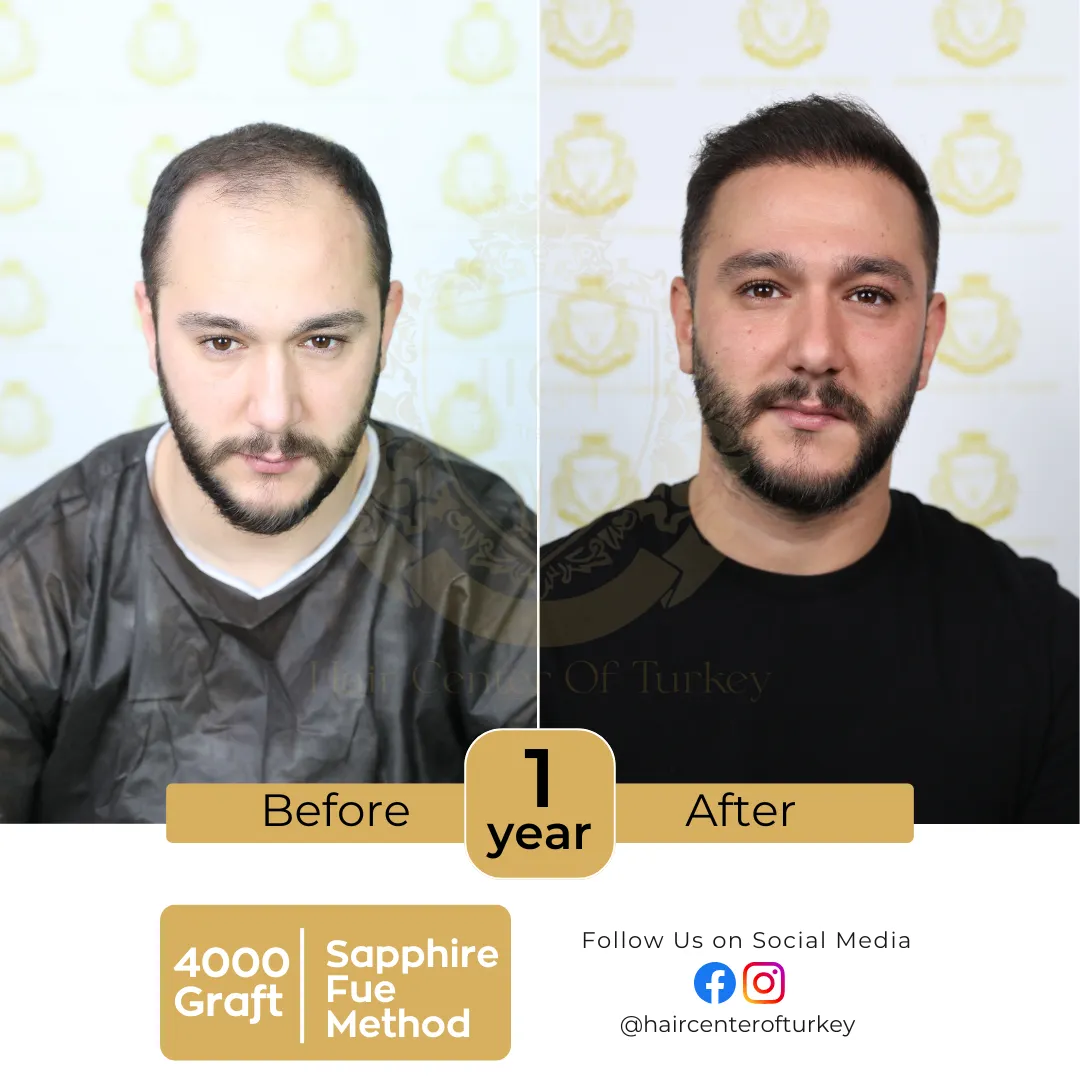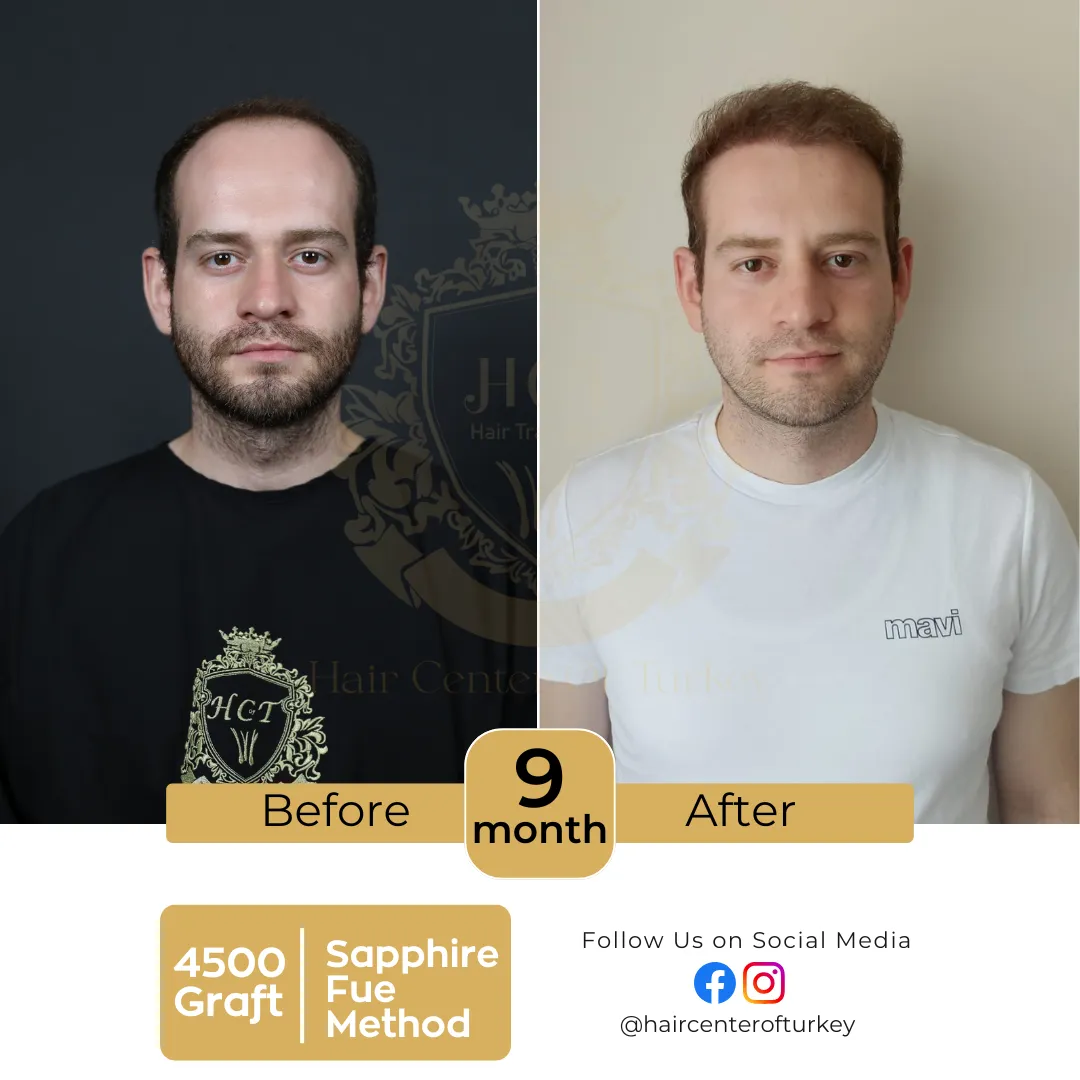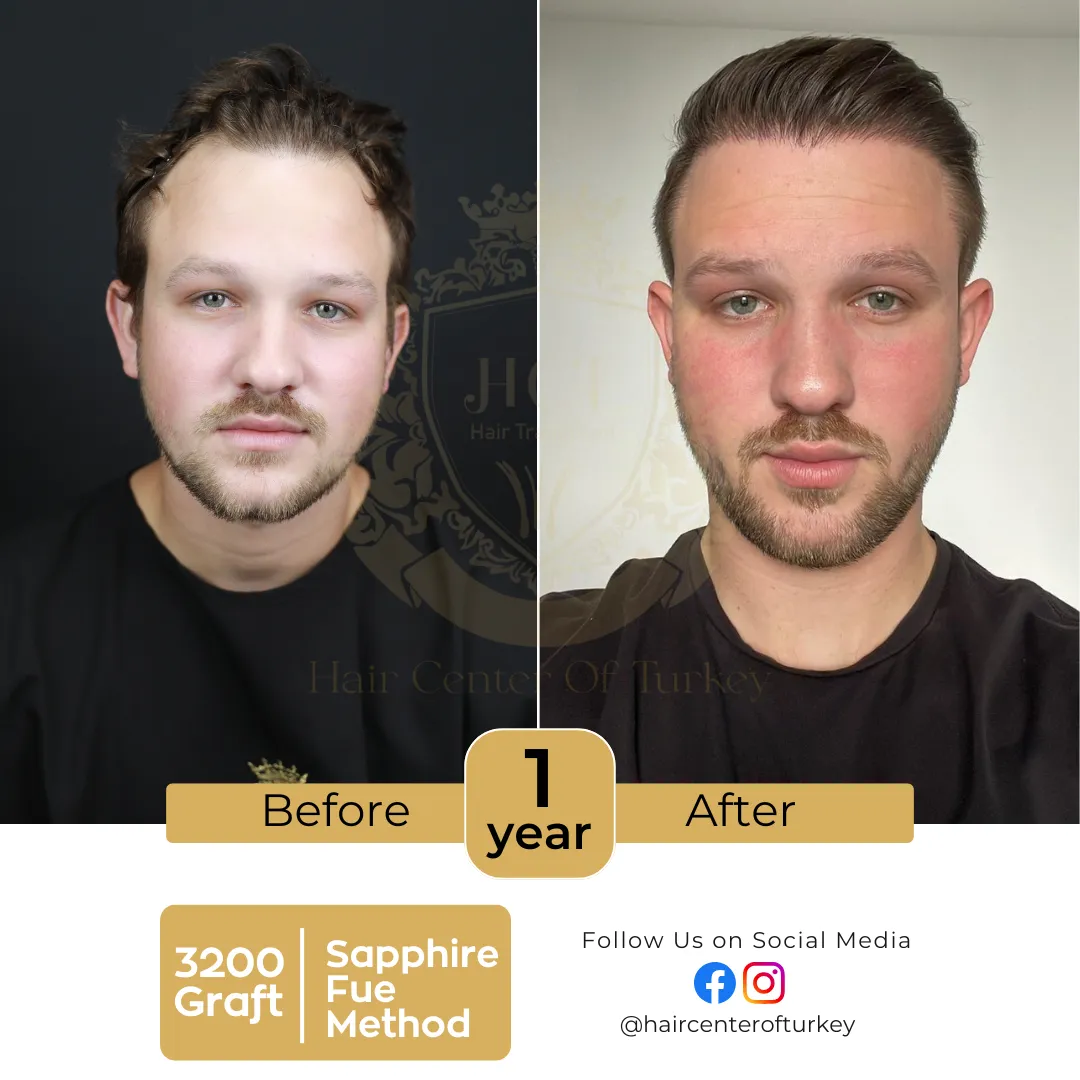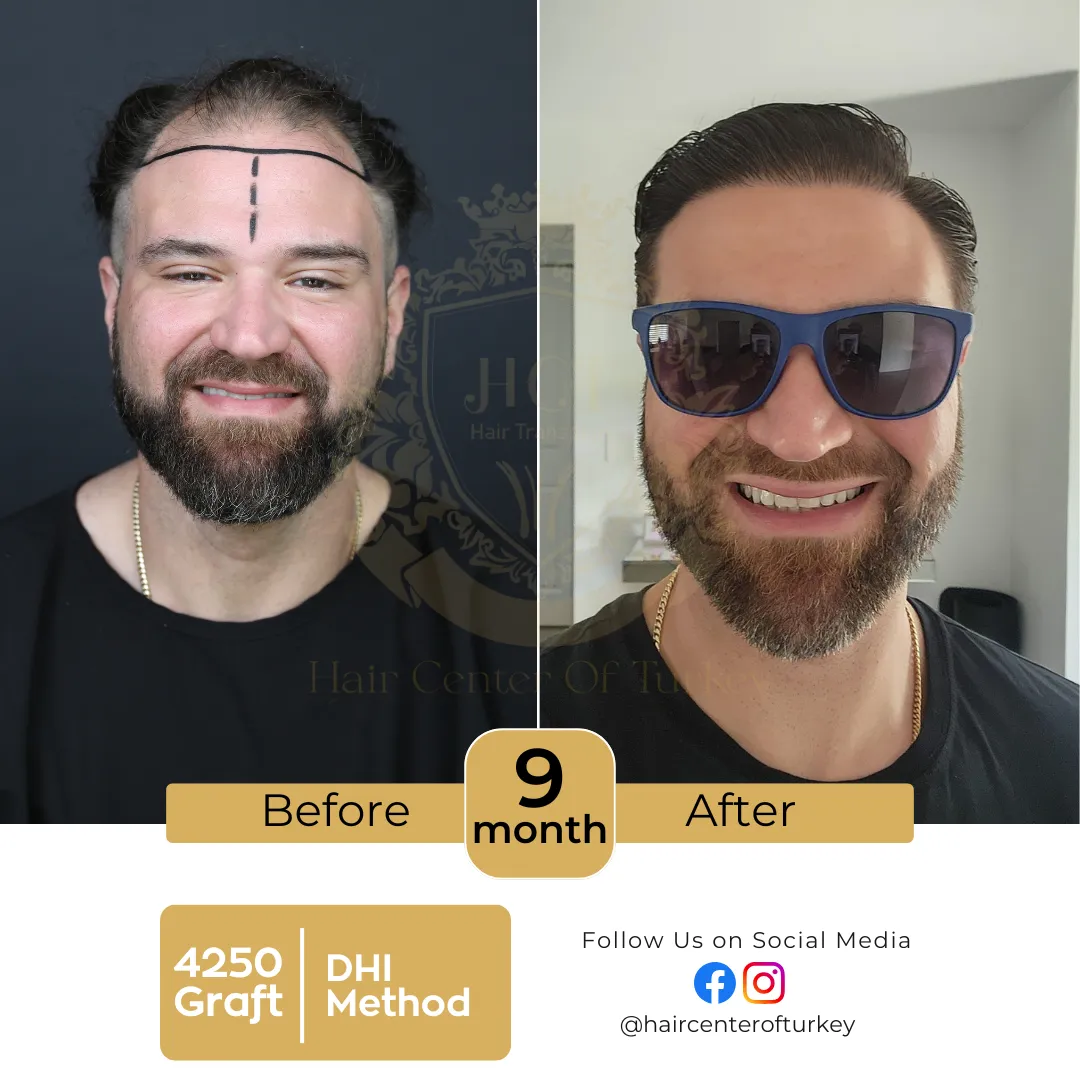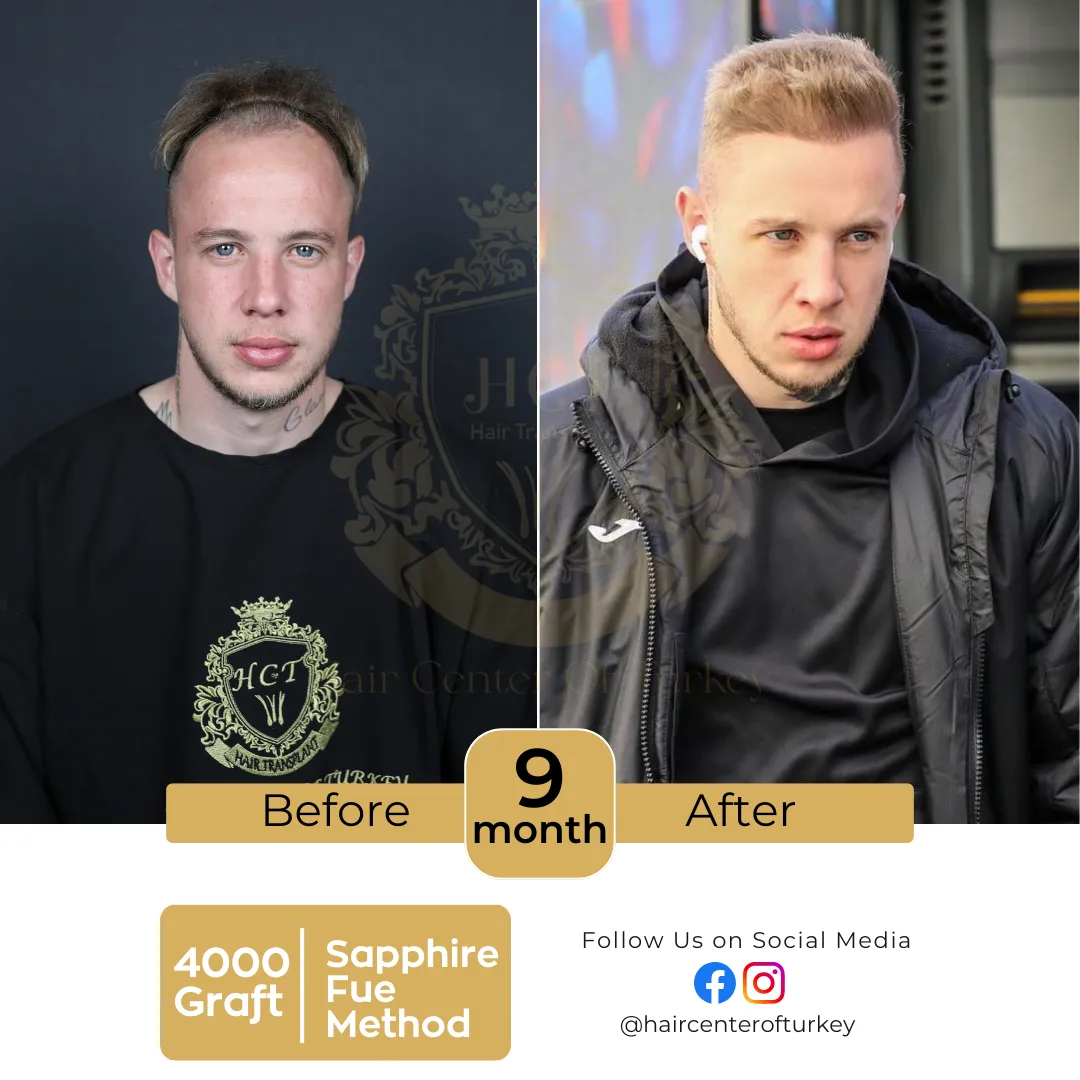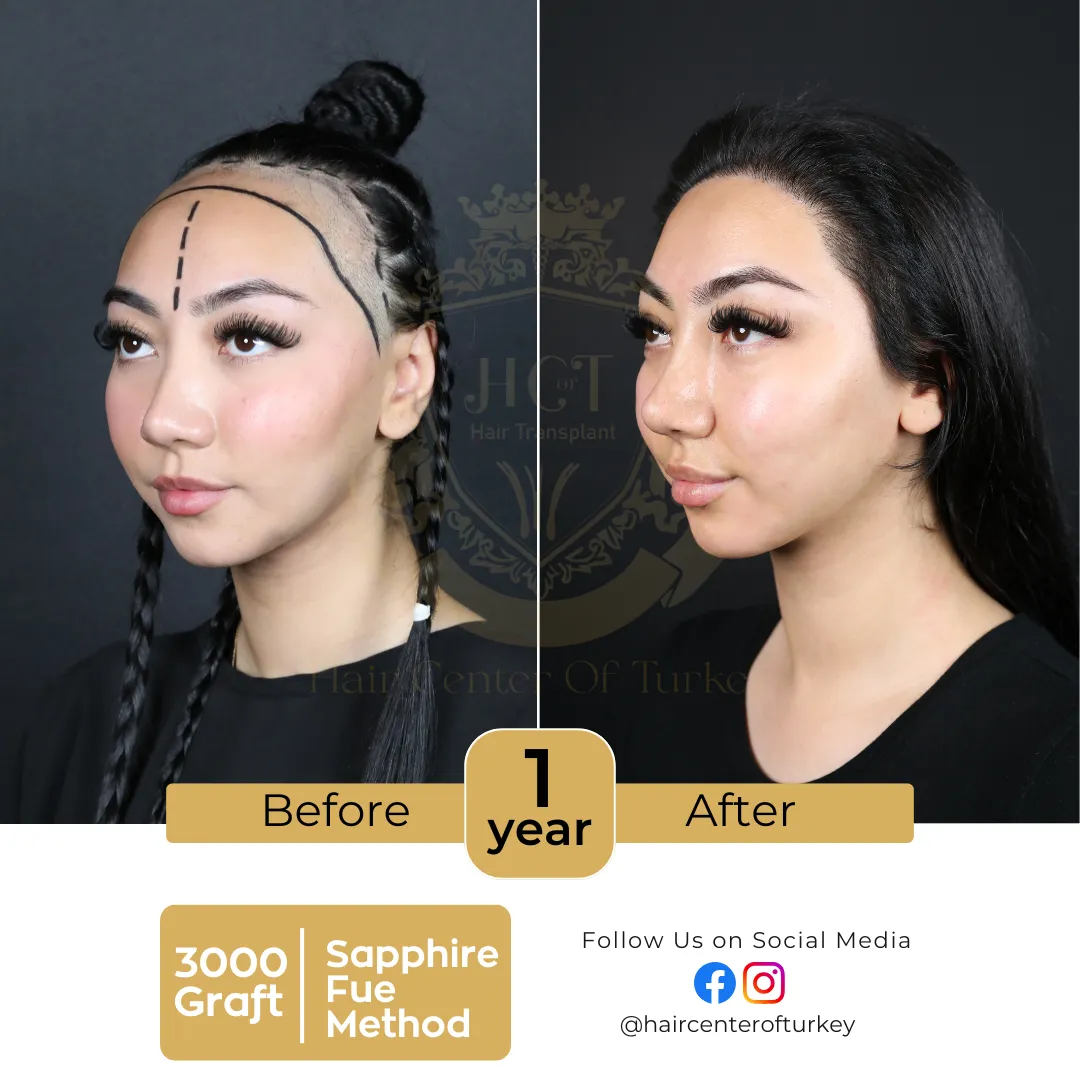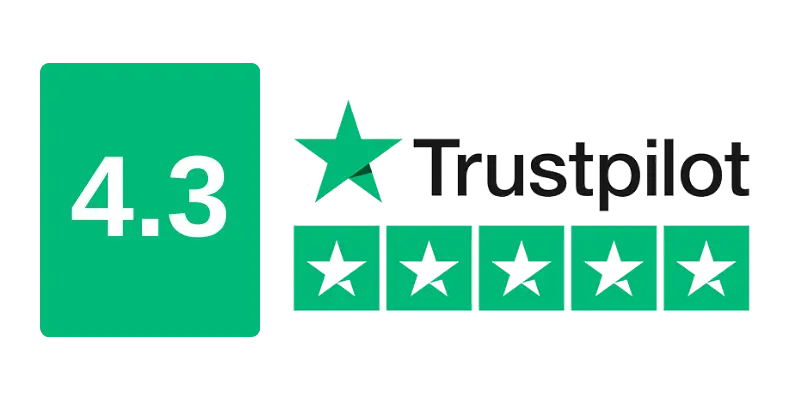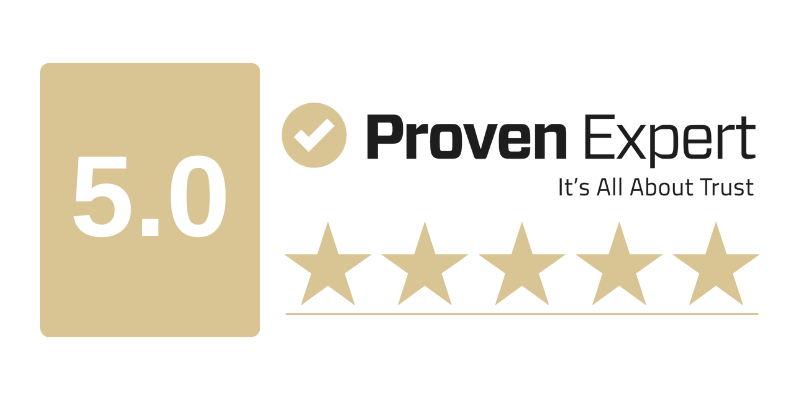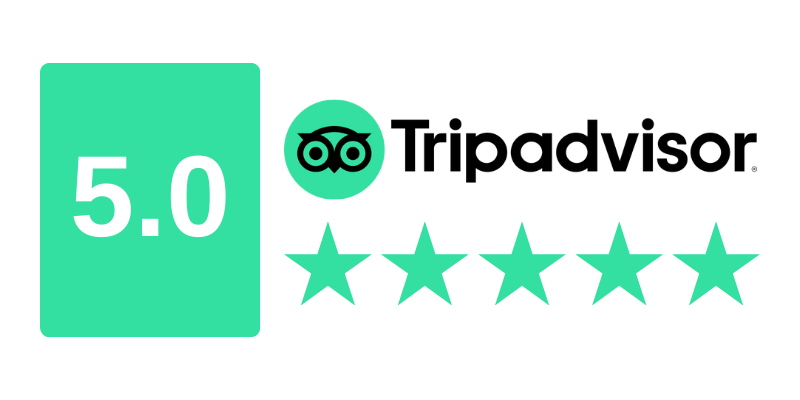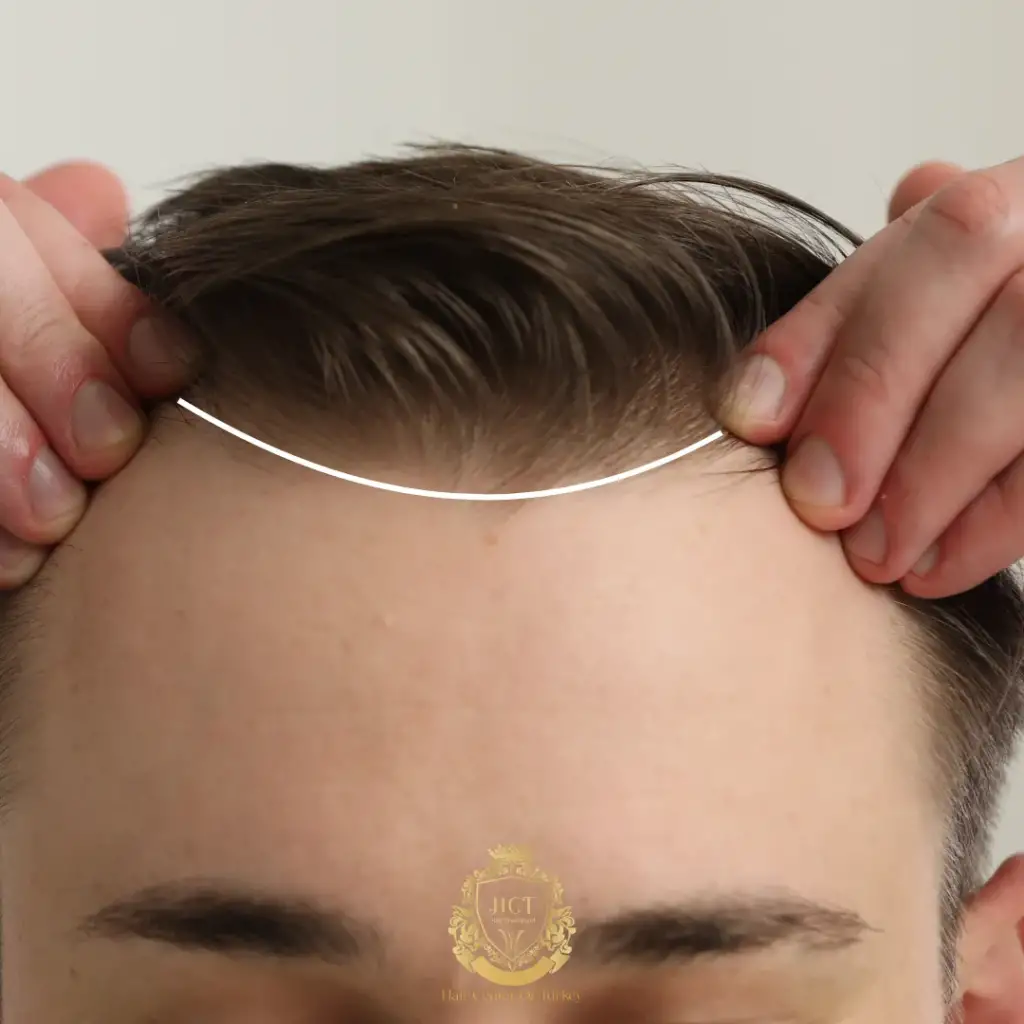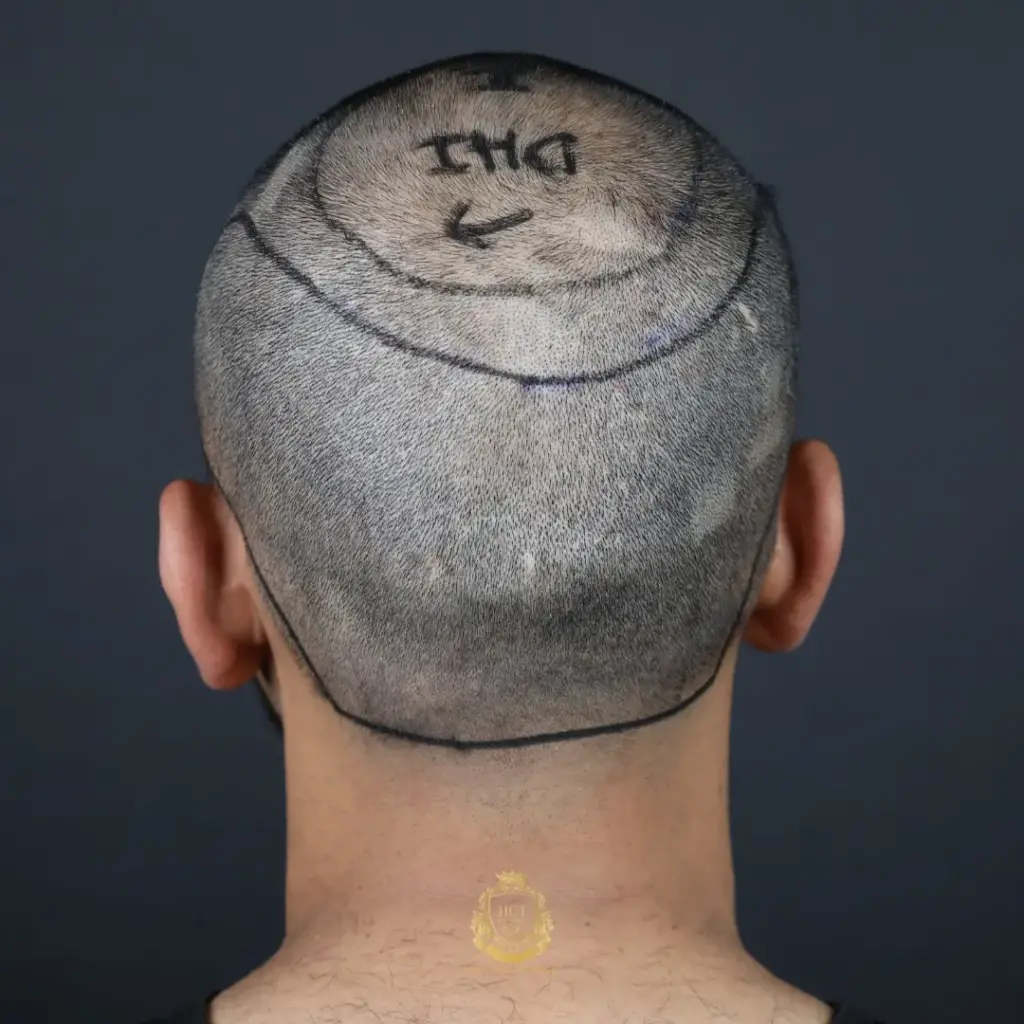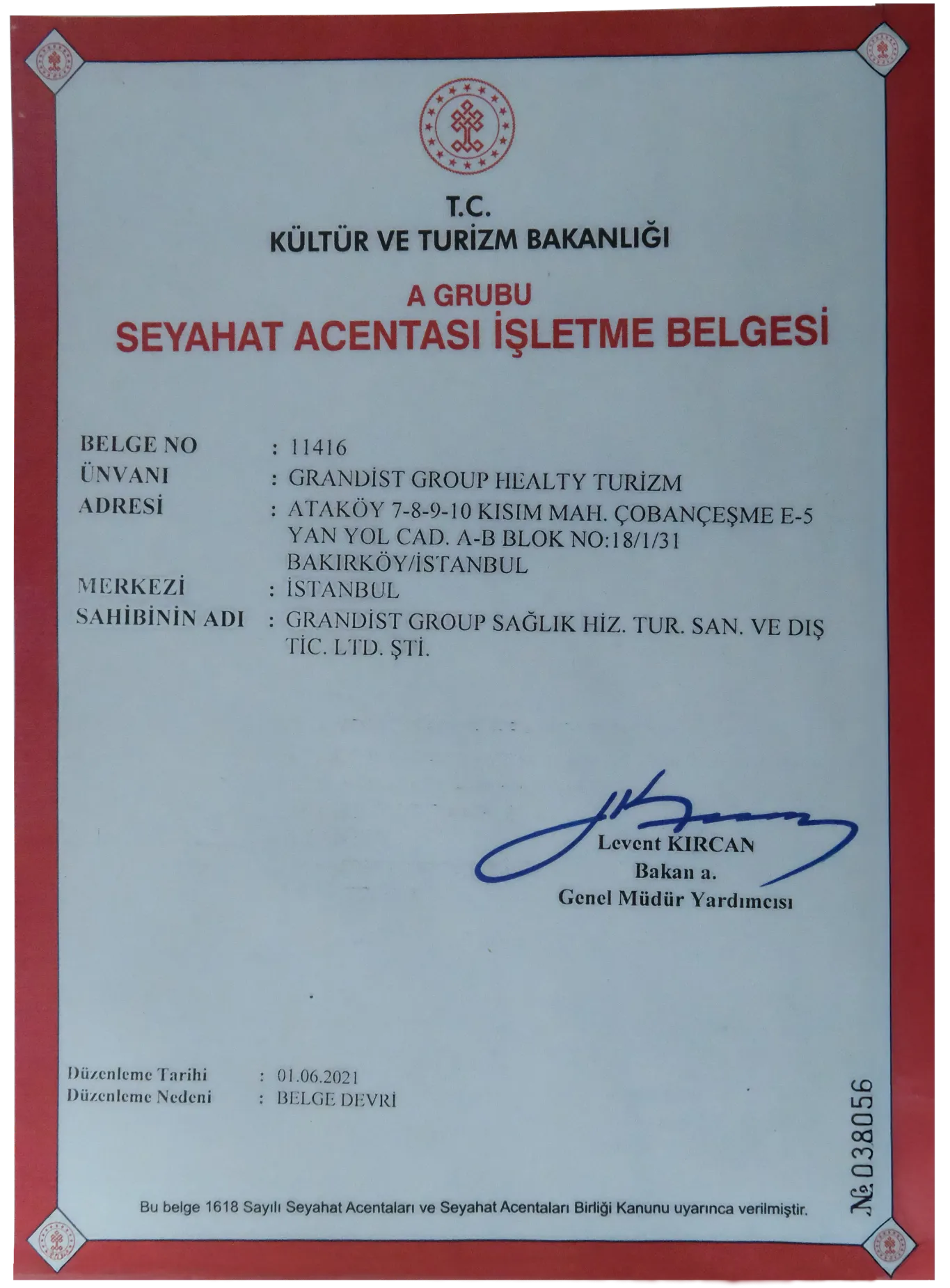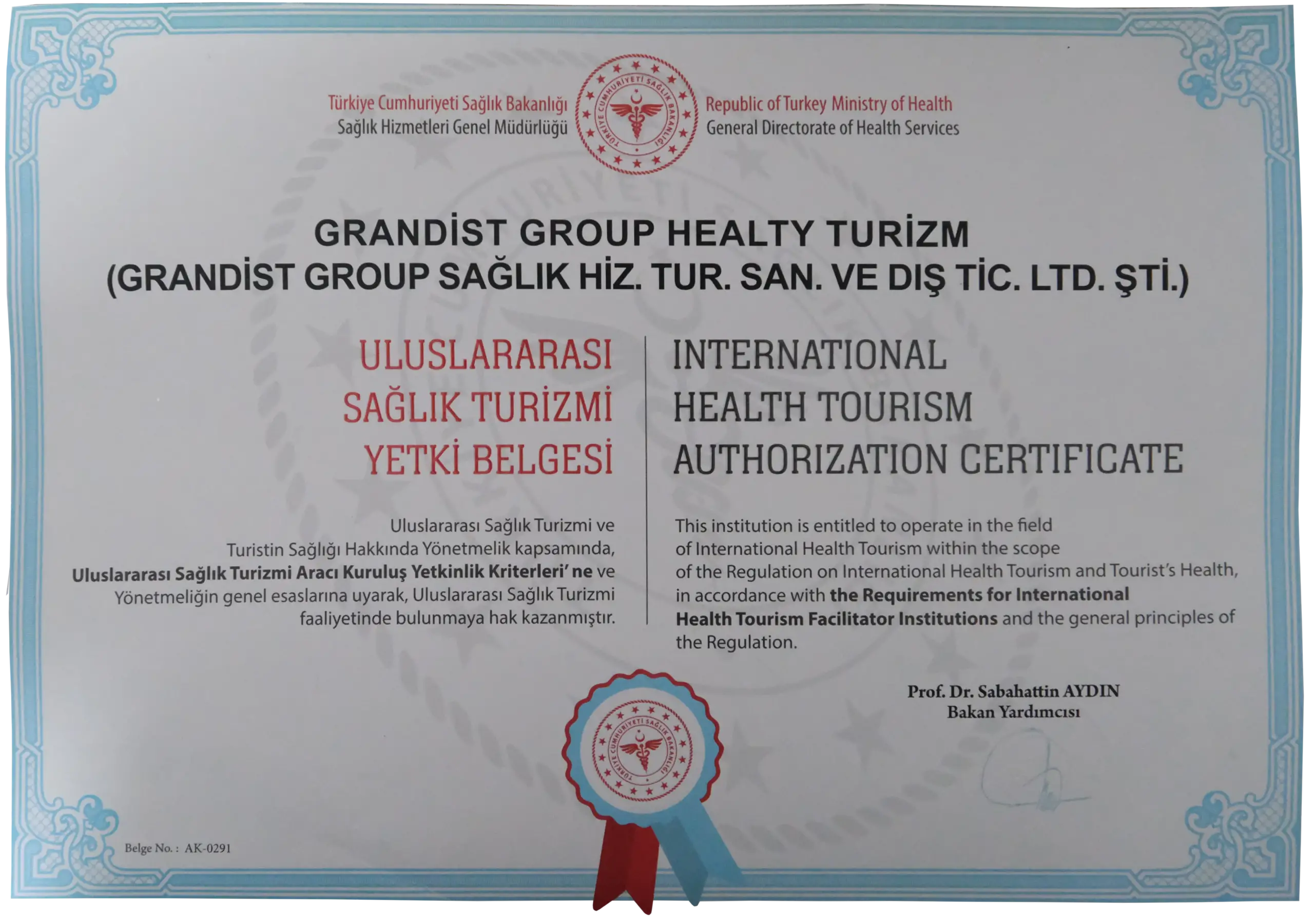DHT Cream for Hair Growth: Does It Really Work?
What Is DHT Cream?
DHT cream is a topical treatment designed to help with hair growth by targeting DHT, a hormone known to contribute to hair loss. Unlike oral medications that reduce overall DHT levels in the body, DHT cream works locally, focusing its effects on the scalp to either block or regulate the impact of DHT on hair follicles.
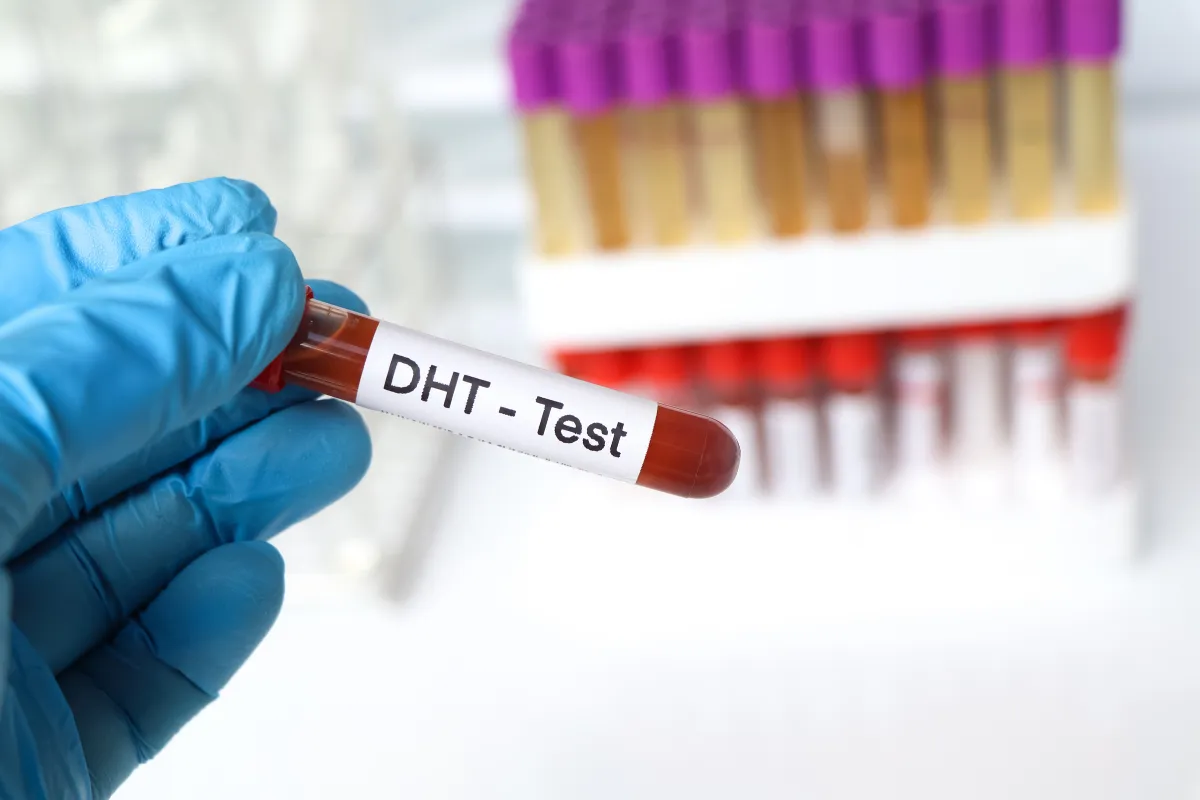
How Does DHT Affect Hair Growth?
DHT is a derivative of testosterone and is responsible for male and female pattern baldness. When DHT binds to hair follicles, it causes them to shrink, leading to weaker and thinner hair over time. This process, known as miniaturization, eventually results in hair loss. By inhibiting DHT activity at the scalp level, DHT cream aims to prevent hair thinning and promote regrowth.
How DHT Cream Works
DHT-blocking creams typically contain ingredients such as:
- Saw Palmetto: A natural DHT blocker that prevents the conversion of testosterone into DHT.
- Ketoconazole: An antifungal agent that also has DHT-reducing properties.
- Finasteride or Dutasteride (Topical): Prescription-strength ingredients that block DHT locally.
- Caffeine: Known to stimulate hair follicles and counteract the effects of DHT.
These ingredients work together to reduce DHT’s impact on the scalp, potentially slowing hair loss and promoting healthier hair growth.

Benefits of DHT Cream for Hair Growth
Using DHT cream may provide several benefits for individuals struggling with hair loss:
- Targets Hair Loss at the Source: Unlike oral medications that affect the entire body, DHT cream works directly on the scalp.
- Reduced Systemic Side Effects: Oral DHT blockers like finasteride can have side effects such as libido changes, but topical applications minimize these risks.
- Convenient Application: Simply applying the cream to affected areas makes it an easy addition to a hair care routine.
- Potential Hair Regrowth: Some users report new hair growth and thicker hair after consistent use.
Side Effects and Risks
While DHT creams are generally considered safe, potential side effects include:
- Scalp Irritation: Redness, itching, or dryness may occur.
- Hormonal Effects: Some topical formulations may still have mild systemic absorption, potentially leading to hormonal changes.
- Allergic Reactions: Certain ingredients may cause allergic responses in sensitive individuals.
It’s advisable to consult a healthcare professional before starting a DHT-blocking cream, especially if using other hair loss treatments.
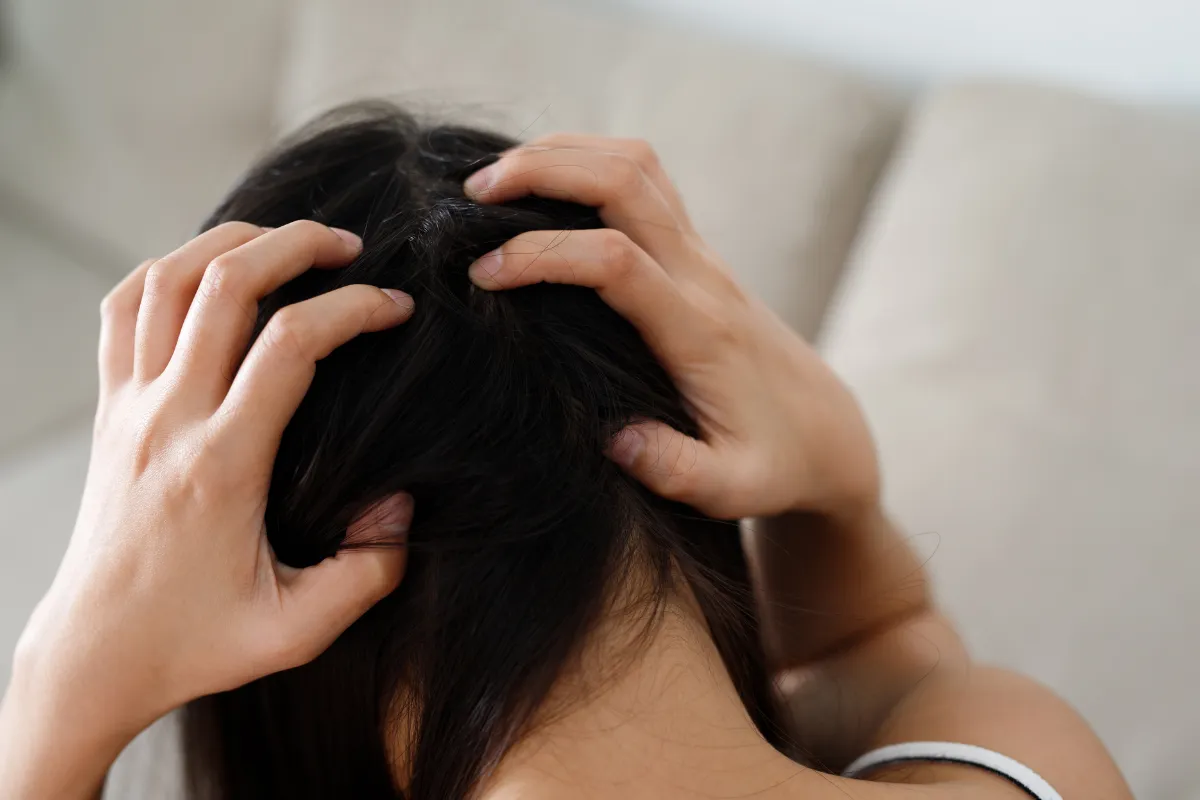
How to Use DHT Cream Effectively
To maximize the benefits of DHT cream, follow these steps:
- Cleanse the Scalp: Wash your hair with a mild shampoo to remove excess oil and dirt.
- Apply to Affected Areas: Use a small amount of cream on thinning areas of the scalp.
- Massage Gently: Ensure even absorption by massaging the cream into the scalp.
- Use Consistently: Regular use, as directed by the manufacturer, is essential for visible results.
- Monitor Progress: Track hair growth over time and consult a professional if needed.
Alternatives to DHT Cream
If DHT cream does not yield the desired results, other hair growth treatments include:
- Minoxidil: A widely used topical solution for hair regrowth.
- DHT-Blocking Shampoos: Contain similar active ingredients but in a rinse-off formula.
- PRP Therapy: Platelet-rich plasma injections to stimulate hair follicles.
- Hair Transplant: A permanent solution for advanced hair loss.
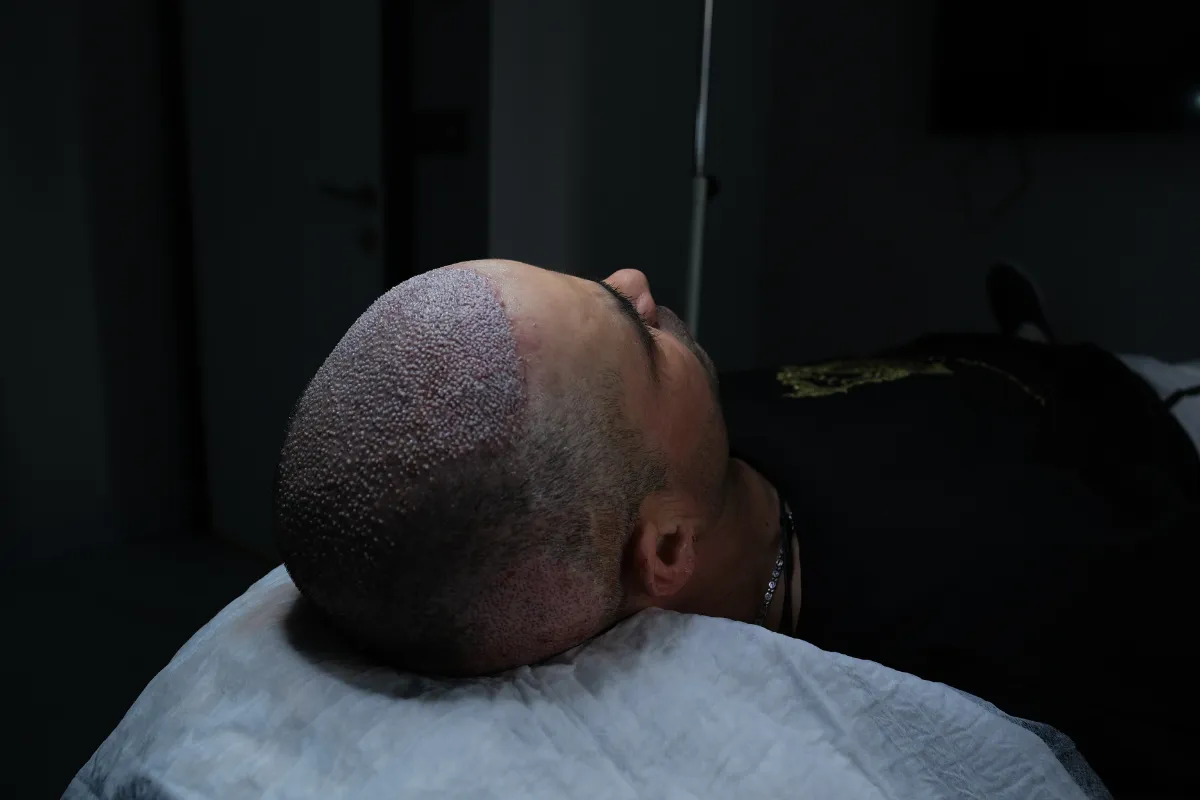
DHT cream can be an effective solution for hair loss by targeting the hormone responsible for follicle shrinkage. While results may vary among individuals, consistent use and combining it with other hair growth strategies can improve outcomes. Always consult a dermatologist or trichologist before starting a new hair loss treatment.
F.A.Q. (Frequently Asked Questions)
